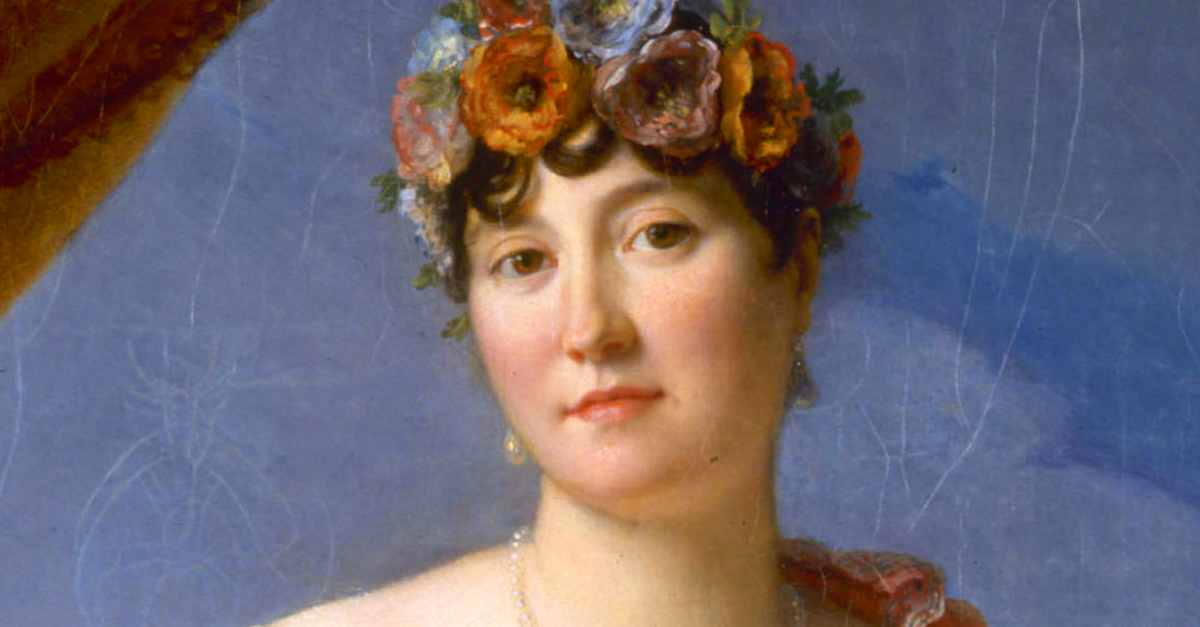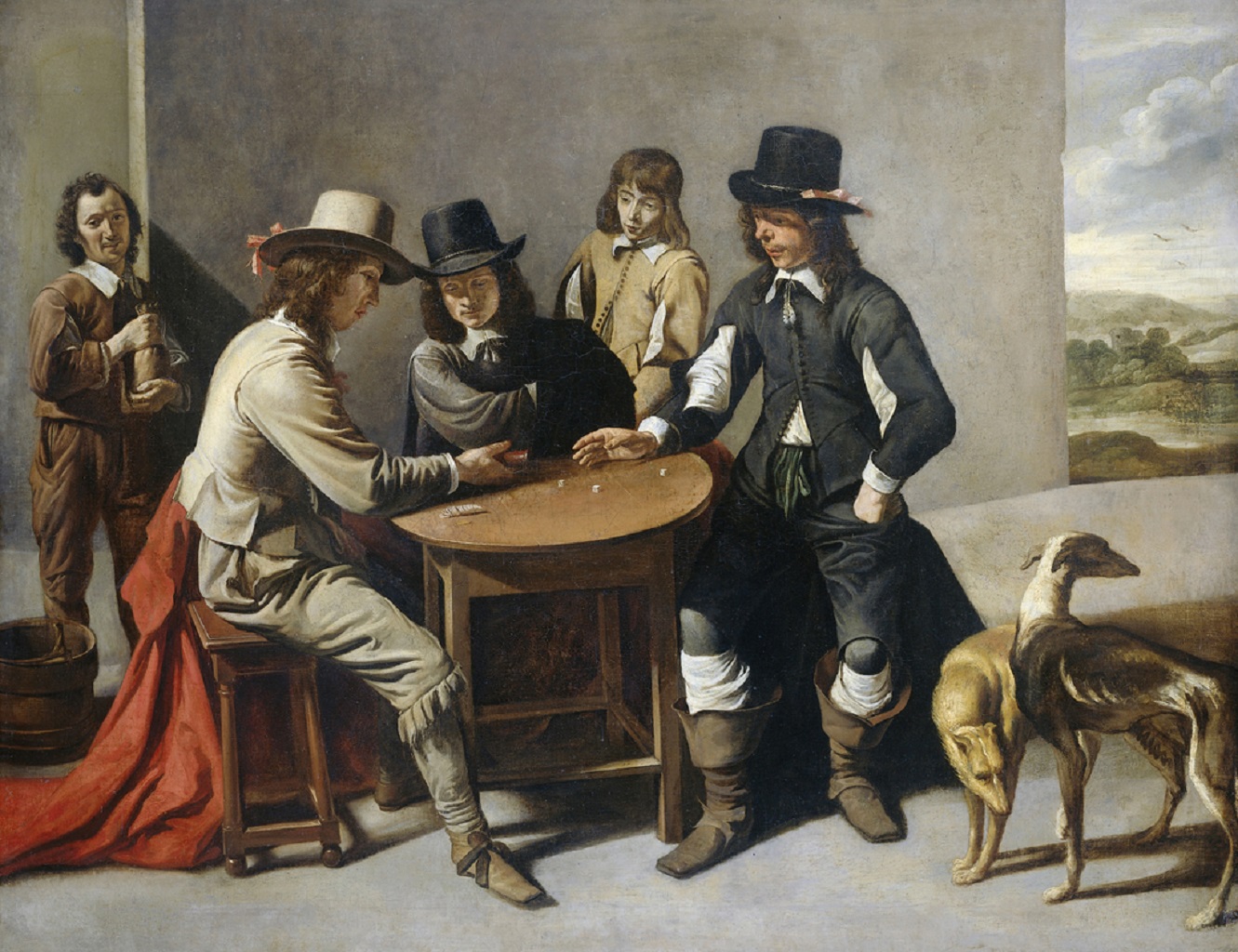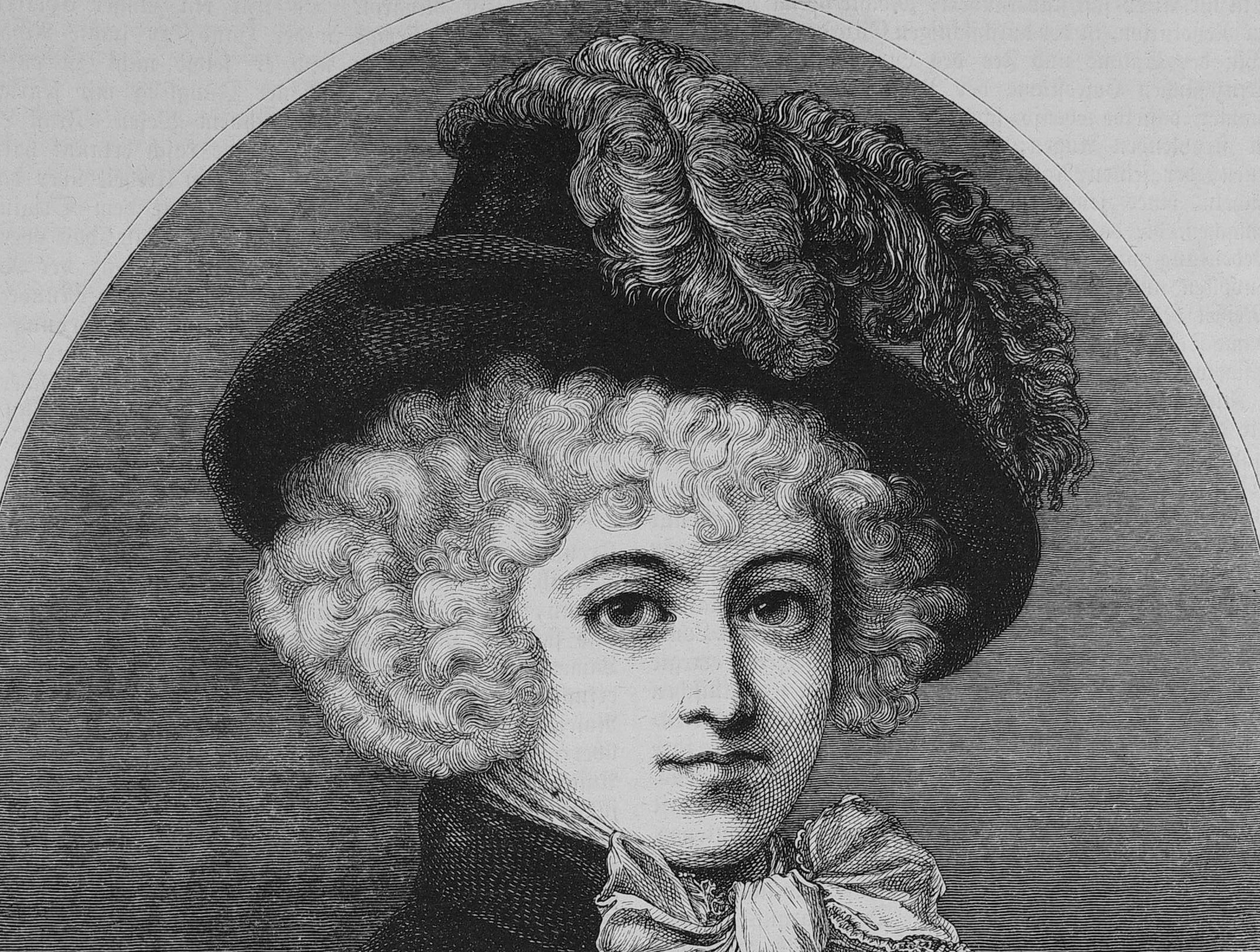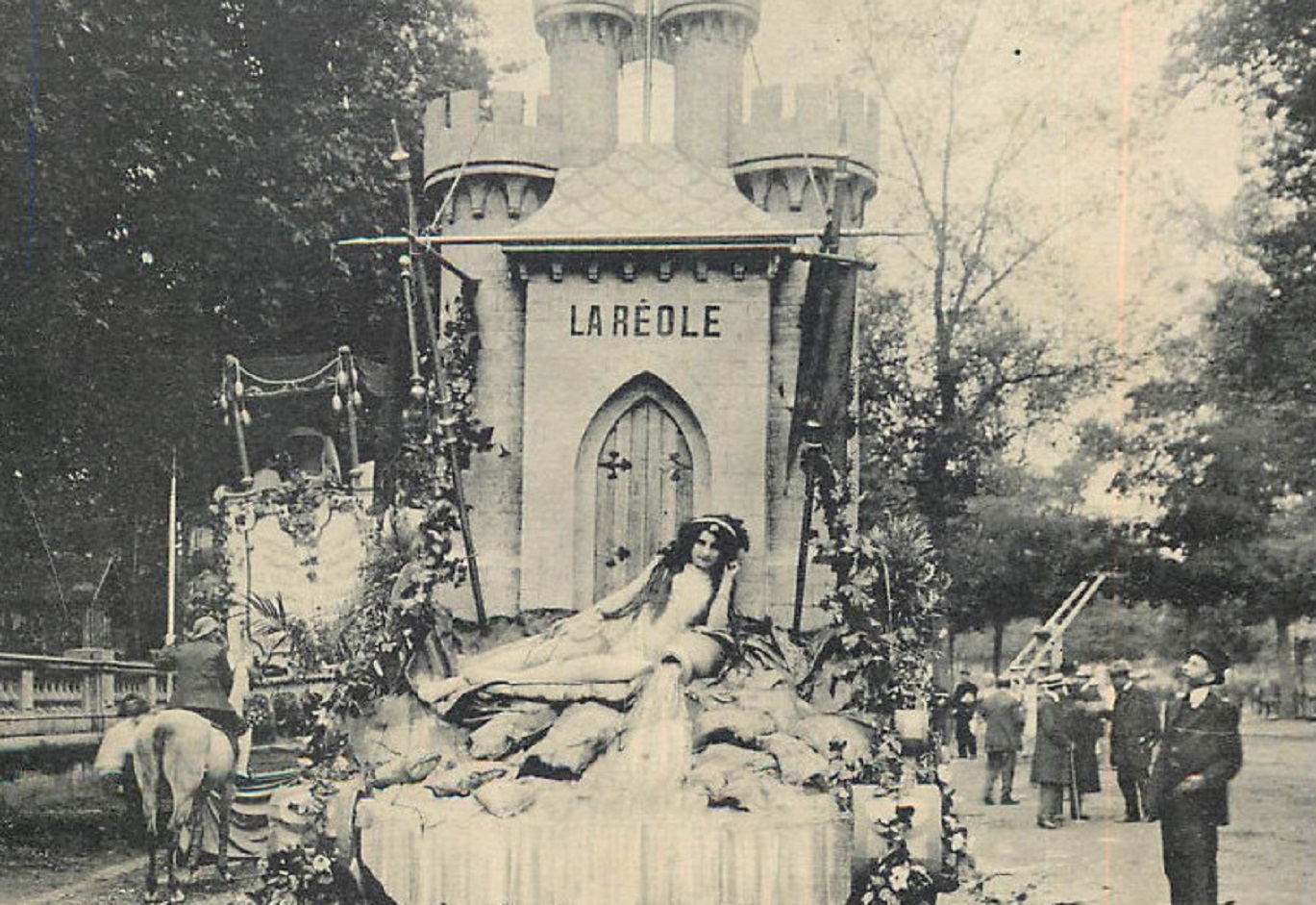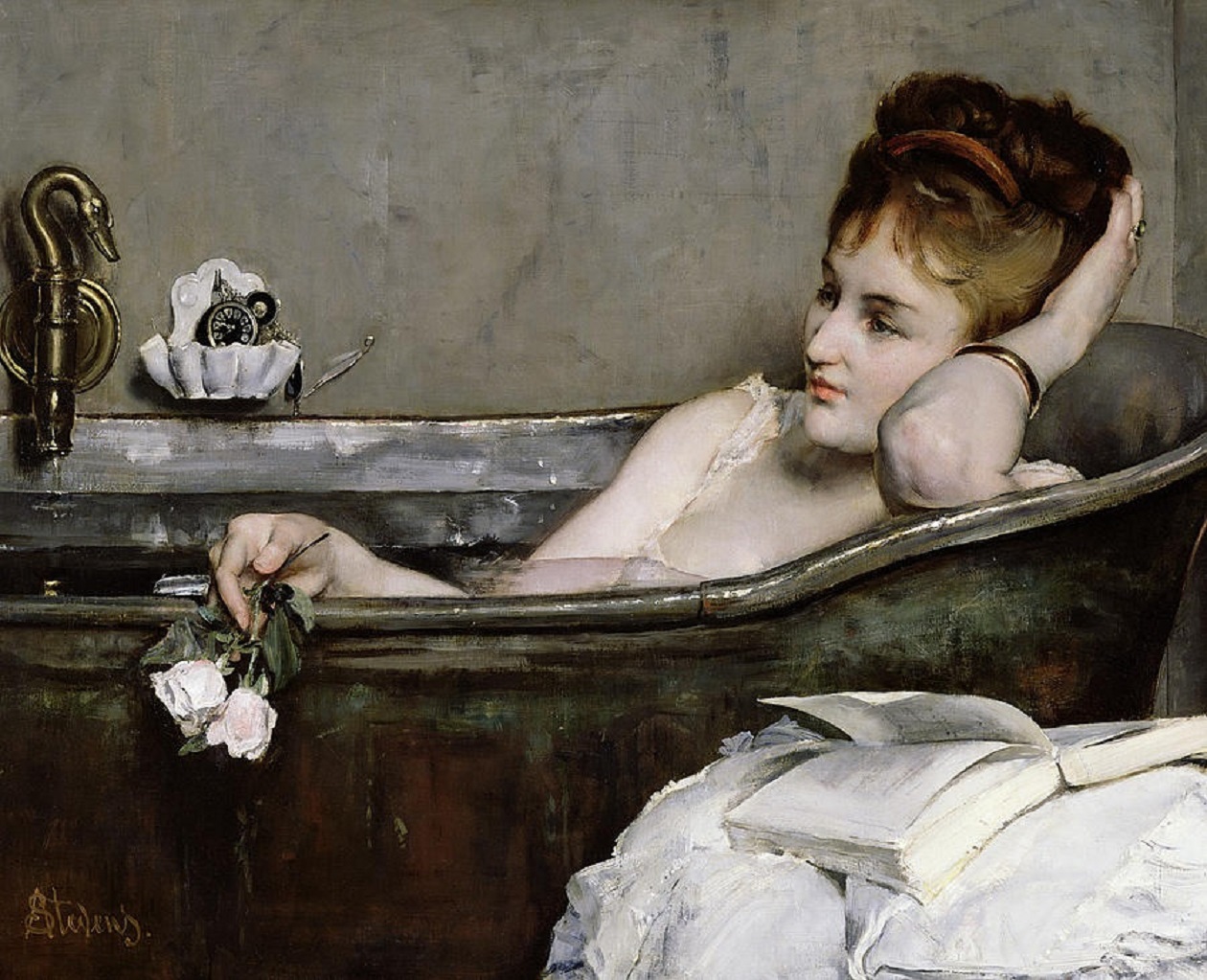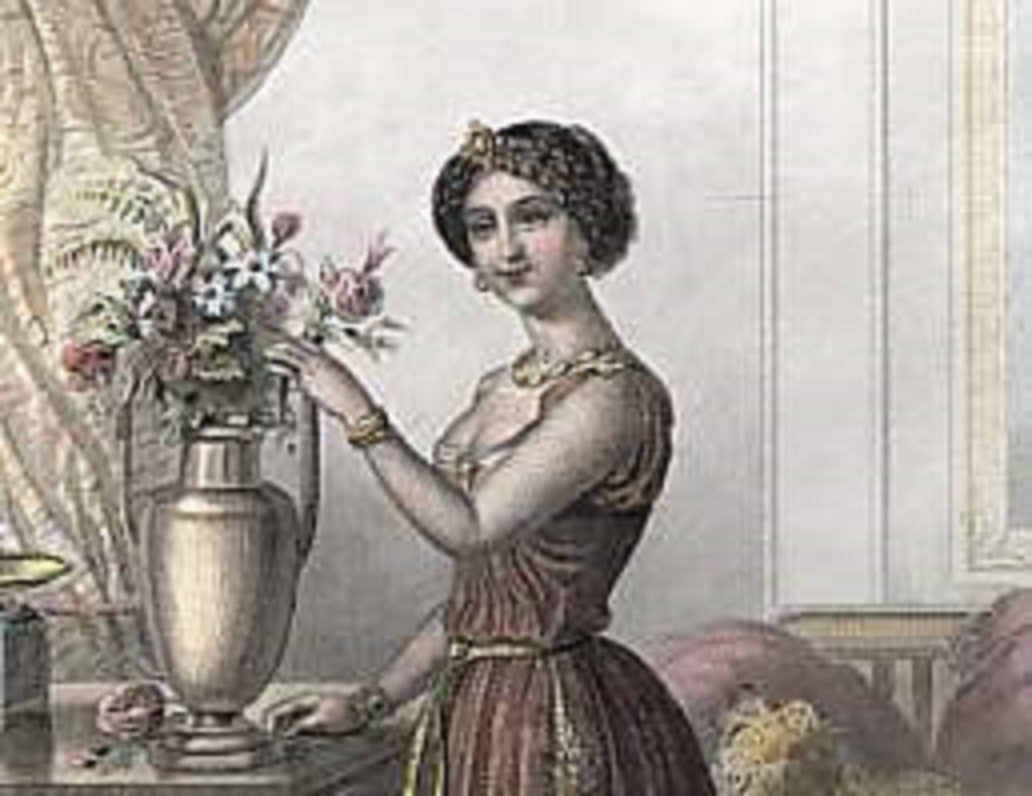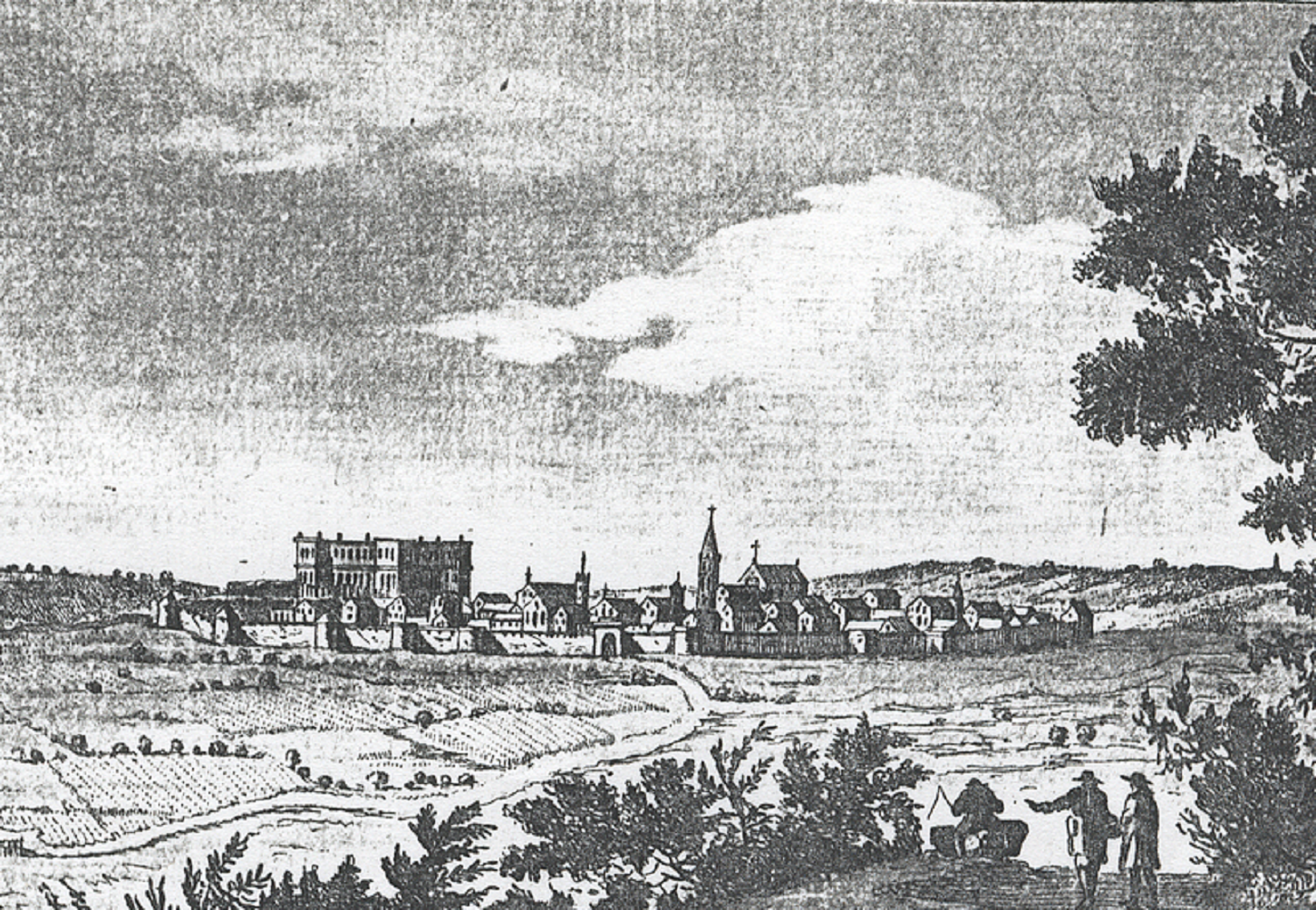Thérésa Cabarrus, later known as Thérésa Tallien, was the “It” Girl of the French Revolution—and it was both her beauty and her cunning smarts that saved her from beheading.
1. She Was France’s “It” Girl
Thérésa Cabarrus, Madame Tallien was a fashion icon, musical muse, and scandalous socialite during the turbulent years after the French Revolution. In fact, her buxom beauty might have been the very thing that ended Maximilien Robespierre’s the dreaded Reign of Terror.
As France’s “It” Girl, there was nothing she couldn’t get away with. And we really mean nothing.
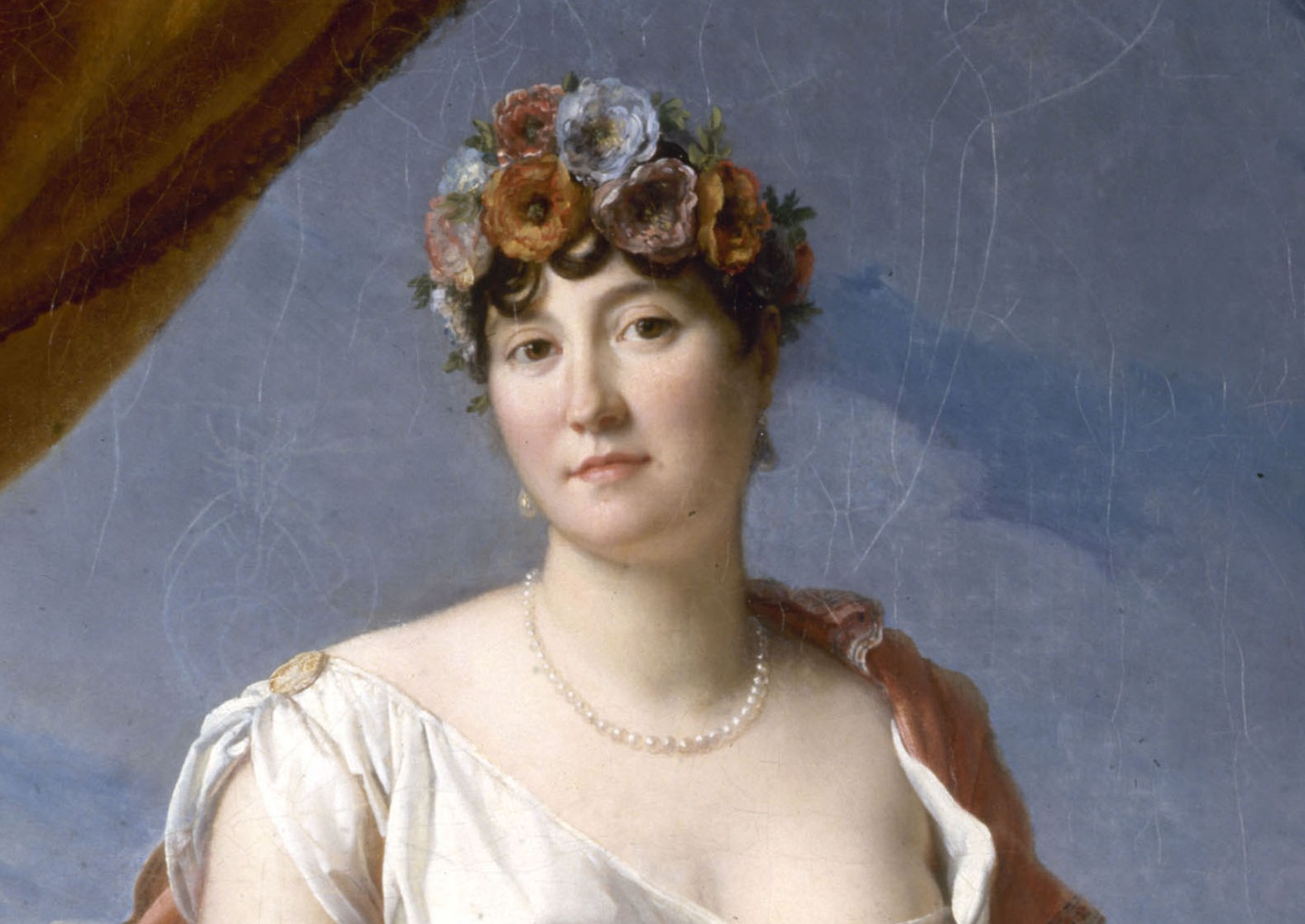 François Gérard, Wikimedia Commons
François Gérard, Wikimedia Commons
2. Her Father Was Ambitious
Juana María Ignacia Teresa de Cabarrús y Galabert (or just Thérésa for short) was born in Madrid, Spain in July of 1773. But, she was, for all intents and purposes, a child of France. Her father was a wealthy banker and financier from the French-speaking Basque region but he always had big ambitions to become something more.
 Jean-Bernard Duvivier, Wikimedia Commons
Jean-Bernard Duvivier, Wikimedia Commons
3. She Became A Countess
More than anything, Thérésa’s family wanted to find acceptance with the aristocracy. Her father served as Minister of Finance for the King of Spain. Eventually, King Charles IV of Spain ennobled Thérésa’s family with the title of “count”. There was just one problem.
With the word “revolution” on the tip of everyone’s tongue, her family might have thrown in with the wrong lot.
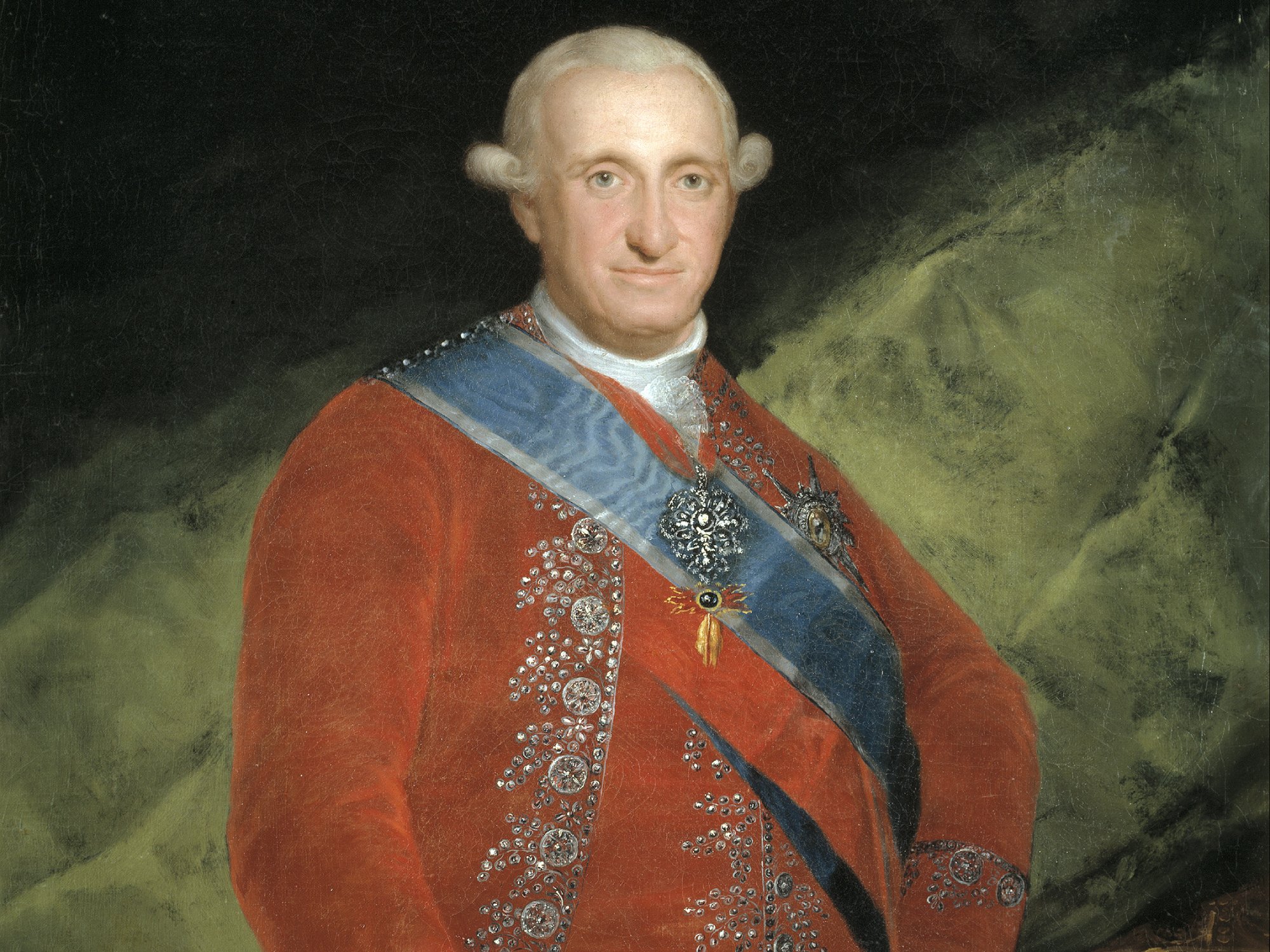 Francisco Goya, Wikimedia Commons
Francisco Goya, Wikimedia Commons
4. She Was Very Beautiful
After finishing her education in France, Thérésa briefly returned to Spain at the age of 12. That’s when her father saw his golden ticket to true nobility: his “very beautiful” daughter. He resolved that she would marry into nobility and, consequently, elevate the family’s status.
With dreams of titles and palaces dancing before his eyes, he shipped her back off to France—into the belly of the beast. Or, at least, the arms of one.
 Jean-Louis Laneuville, Wikimedia Commons
Jean-Louis Laneuville, Wikimedia Commons
5. She Had Young Love
Thérésa’s beauty was obvious from the beginning. From the time that she landed back in France, she had every eligible bachelor eating out of the palm of her sumptuous hand. They wooed her with great fervor—and she didn’t hold back either.
Her first lover was Alexandre de Laborde. They were both very young, just 12 or 13 at the time, but their love was strong. Just not strong enough.
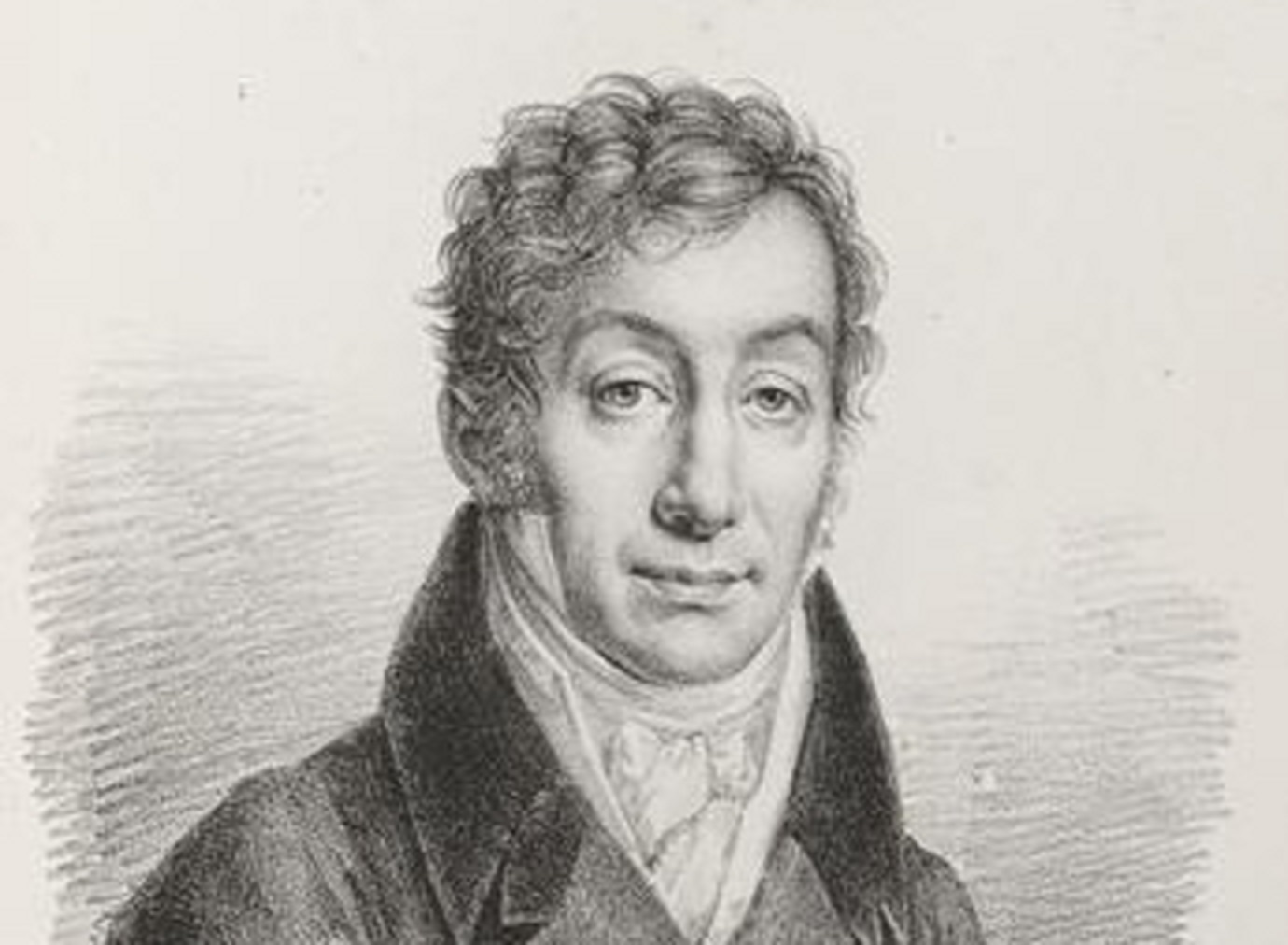 Julien Léopold Boilly, Wikimedia Commons
Julien Léopold Boilly, Wikimedia Commons
6. She Had Forbidden Love
Thérésa’s puppy-love romance with de Laborde ended rather abruptly and unceremoniously. De Laborde’s powerful and wealthy father, a true aristocrat, forbade the romance and eventually shipped his son off to Austria to keep the two apart.
Thérésa’s father would have to pick her next lover…whether she liked the man or not.
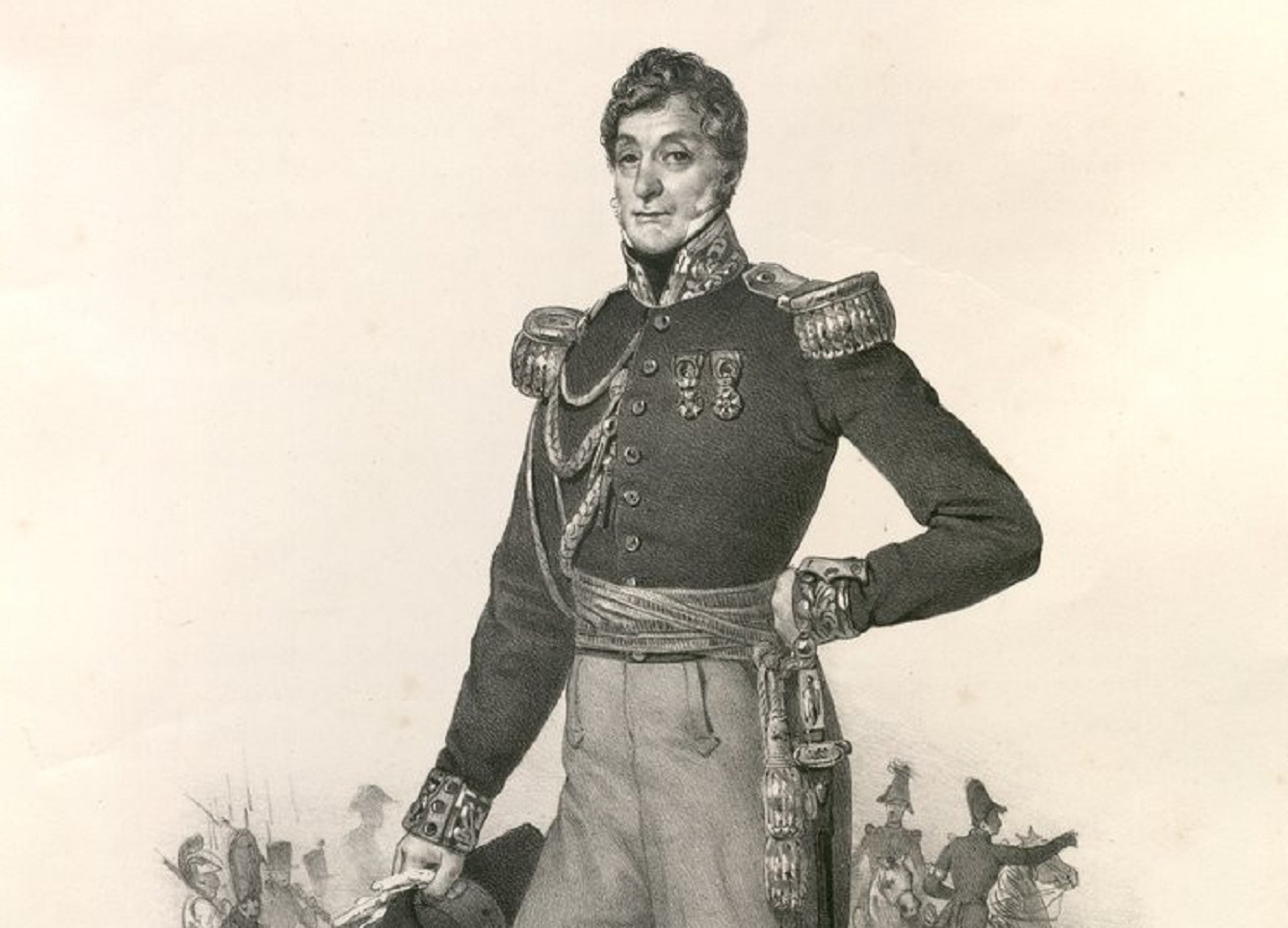 Blanc, Petit, Wikimedia Commons
Blanc, Petit, Wikimedia Commons
7. She Didn’t Have Any Good Options
After her unsuccessful fling with de Laborde, Thérésa’s father doubled down on wanting her to marry a French nobleman. The trick, however, was in finding a suitable match. He would have to be noble, but not so noble that he couldn’t easily marry her. After a little searching, her father found the perfect candidate.
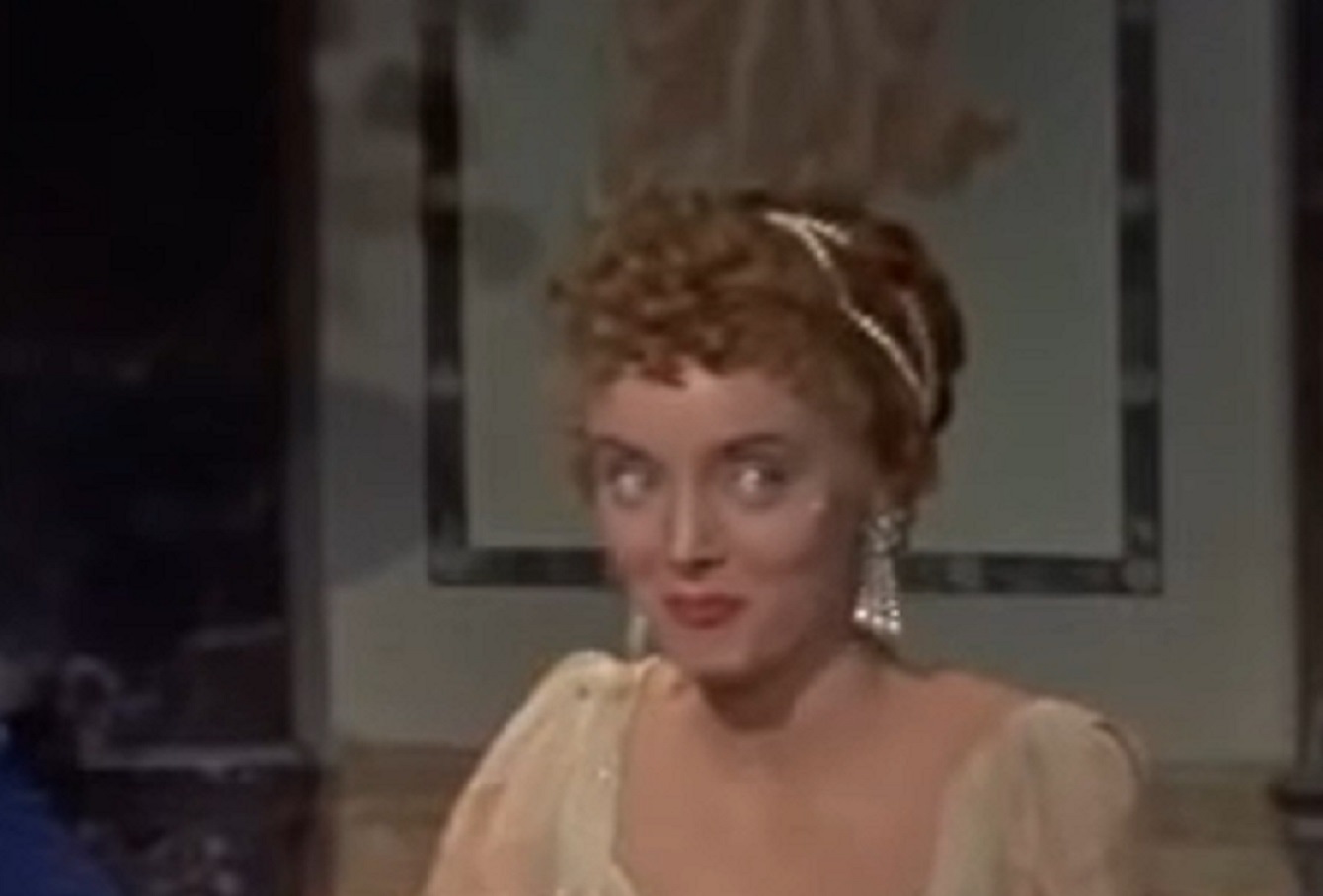 Twentieth Century Fox, Désirée (1954)
Twentieth Century Fox, Désirée (1954)
8. She Found Her “Perfect” Match
Finally, after much shopping around, Thérésa’s father found her “perfect” match. He arranged for her to marry Jean Jacques Devin Fontenay, the last Marquis de Fontenay. Just as Thérésa’s father had hoped, Fontenay was exceptionally rich and powerful—and, of course, aristocratic. That is not to say, however, that he was desirable.
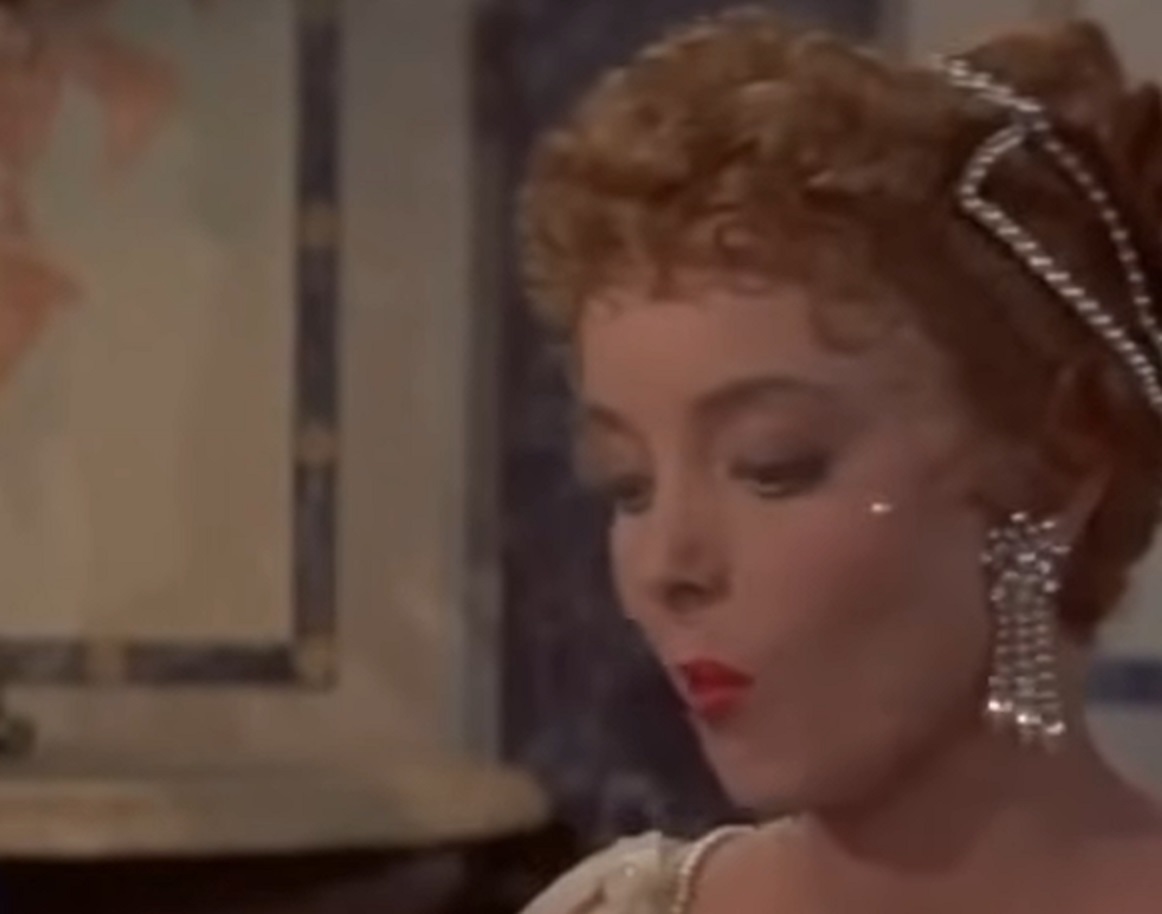 Twentieth Century Fox, Désirée (1954)
Twentieth Century Fox, Désirée (1954)
9. Her Husband Was Much Older
For starters, Fontenay was 11 years older than Thérésa. So, when they married in February 1788, she was a young girl of just 14 and Fontenay was a maturing man of 26. While Thérésa might have overlooked their age difference for the sake of her familial obligations, there was one thing about Fontenay that she couldn’t quite get over.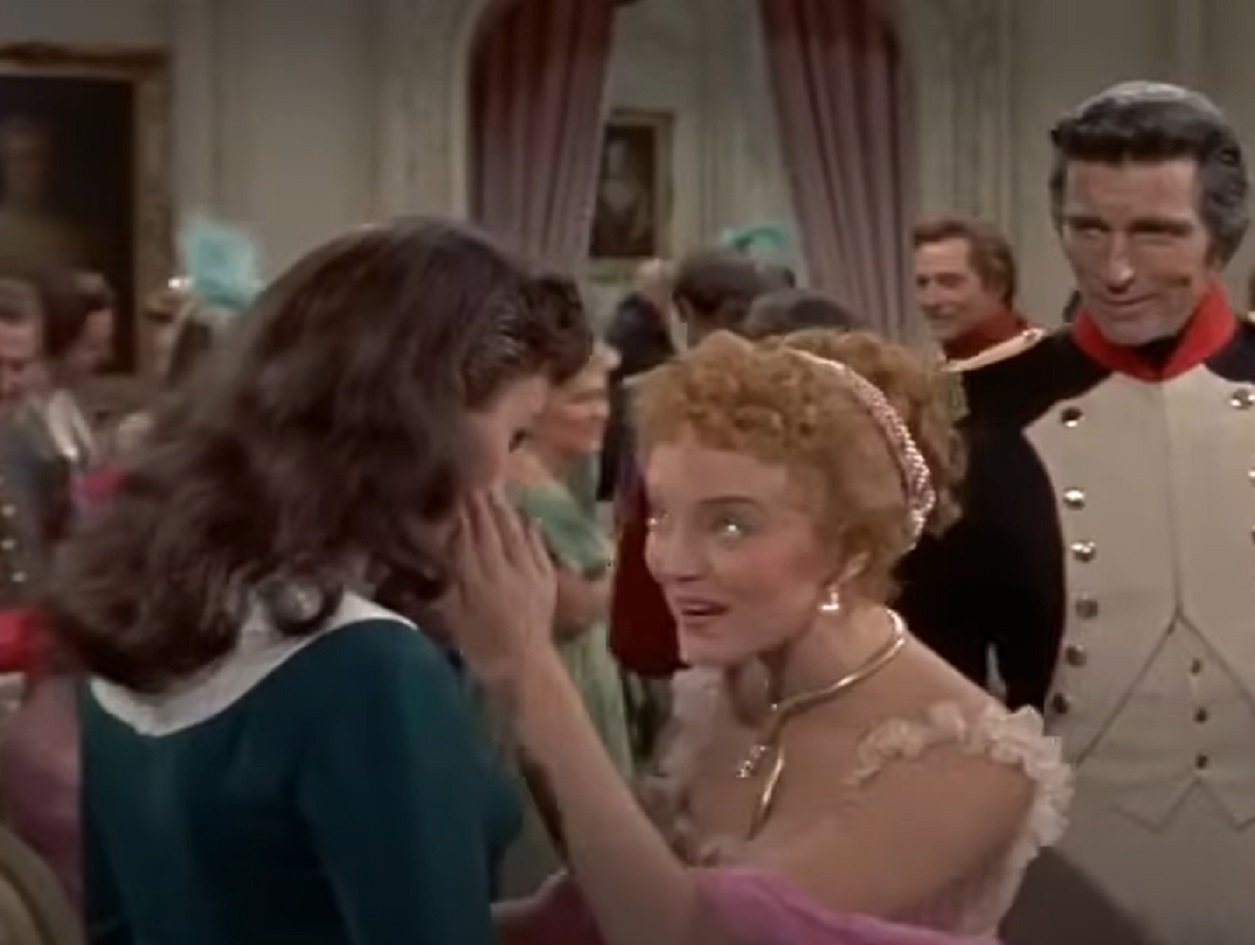 Twentieth Century Fox, Désirée (1954)
Twentieth Century Fox, Désirée (1954)

History's most fascinating stories and darkest secrets, delivered to your inbox daily.
10. Her Husband Was Ugly
At the time of their marriage, Fontenay was still just 26. Ages older than Thérésa but, by no means old. Despite his relative youth, however, he was already well past his prime—if he ever had one. Descriptions by his contemporaries paint a cruel picture.
They called him “small, red and ugly”. But he was well-connected and that’s all Thérésa really wanted.
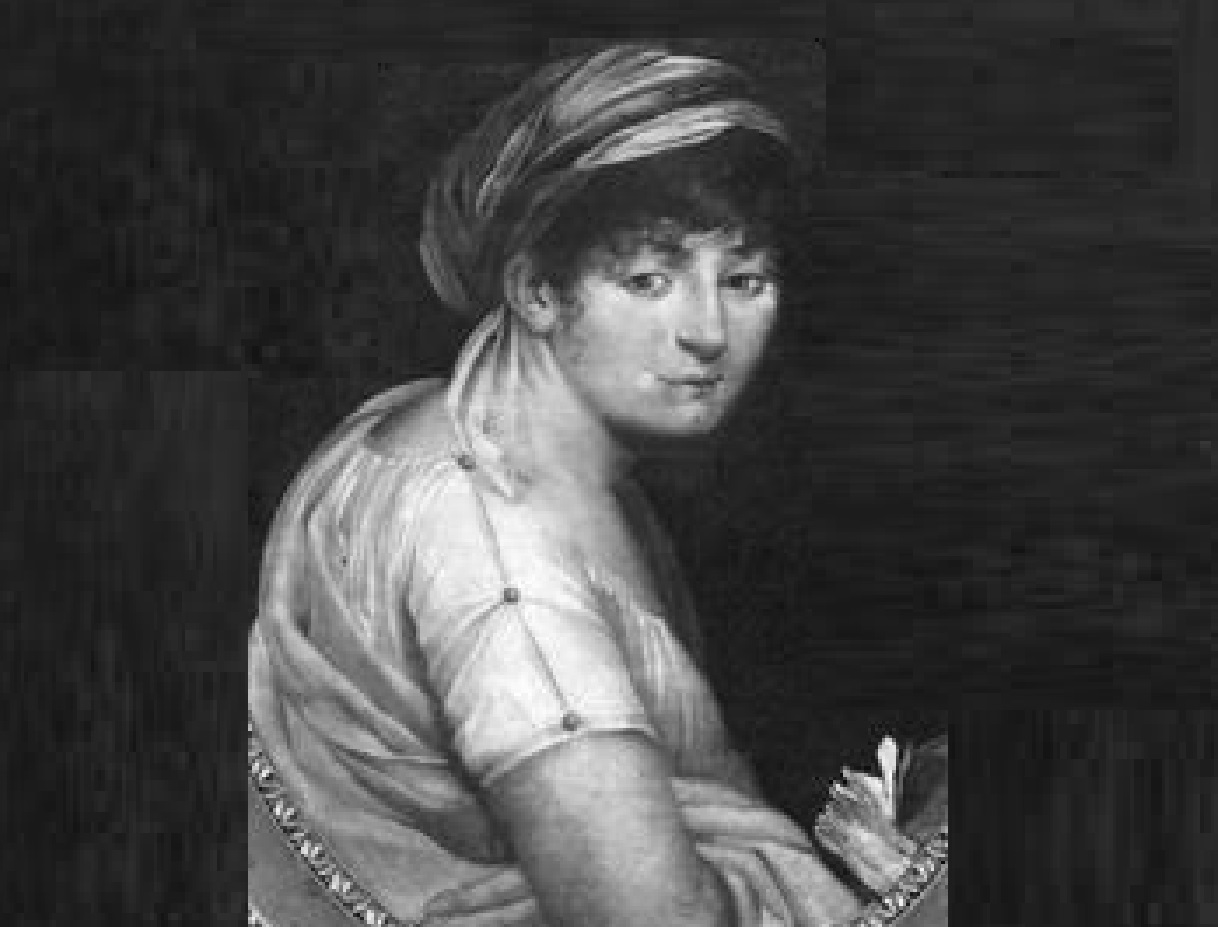 DufourFrançais, CC BY-SA 4.0, Wikimedia Commons
DufourFrançais, CC BY-SA 4.0, Wikimedia Commons
11. She Held Court—With Revolutionaries
The marriage was, almost certainly, entirely political. Nevertheless, it accomplished exactly what Thérésa’s father had hoped. The newlyweds held an audience in both the French and Spanish royal courts. Fortunately, for her own safety, Thérésa’s beauty and aristocratic marriage masked the connection she had to dangerous Revolutionary figures.
It was a connection bound in the blood of her womb.
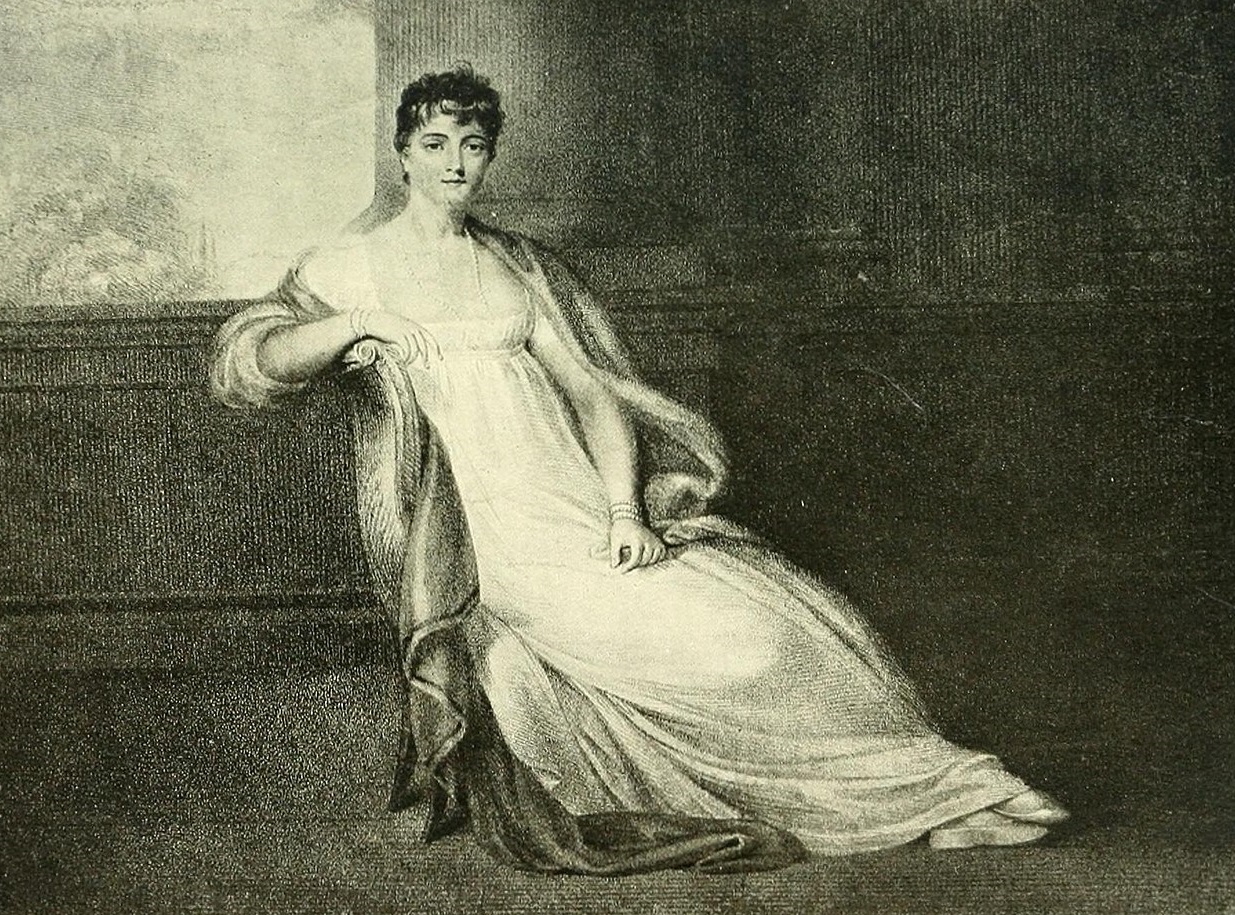 Internet Archive Book Images, Wikimedia Commons
Internet Archive Book Images, Wikimedia Commons
12. She Had An Illegitimate Child
In May 1789, a little over a year after marrying Fontenay, Thérésa had a child. A healthy baby boy. But the obvious discrepancy between the young beauty and her beast of a husband led to some utterly scandalous rumors.
People whispered that the child was not, in fact, Fontenay’s. And the baby boy’s true parentage was controversial enough to spark a marital revolution.
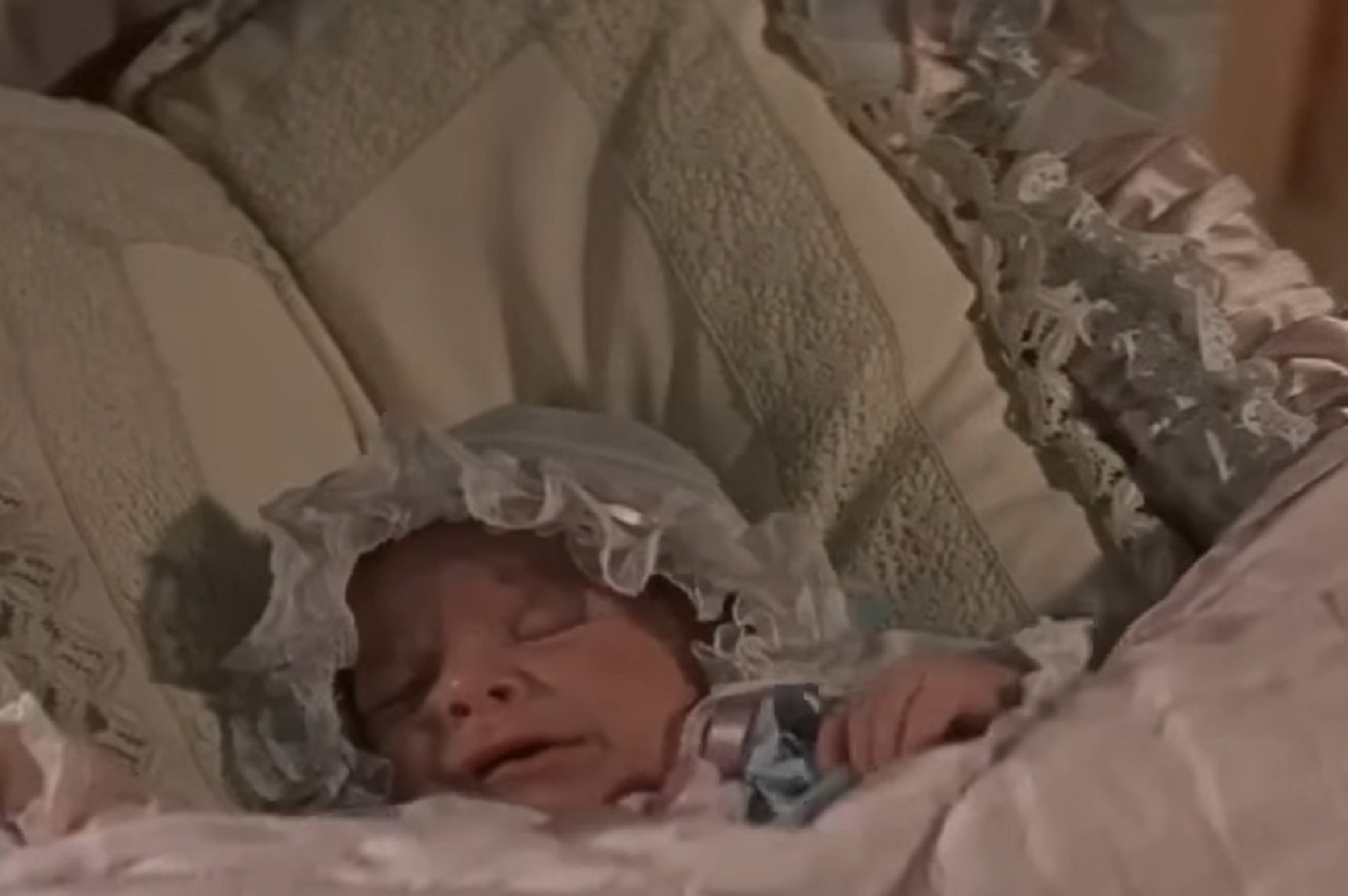 Twentieth Century Fox, Désirée (1954)
Twentieth Century Fox, Désirée (1954)
13. She Had A Revolutionary Affair
Throughout her marriage to Fontenay, Thérésa had been carrying on an affair with Ferdinand Louis Félix Lepeletier. He was, likelier than not, the real father of Thérésa’s first child. He was also, likelier than not, a dangerous revolutionary. Lepeletier was the brother of Louis-Michel le Peletier, an early martyr of the French Revolution.
She was having a marital revolution of her own.
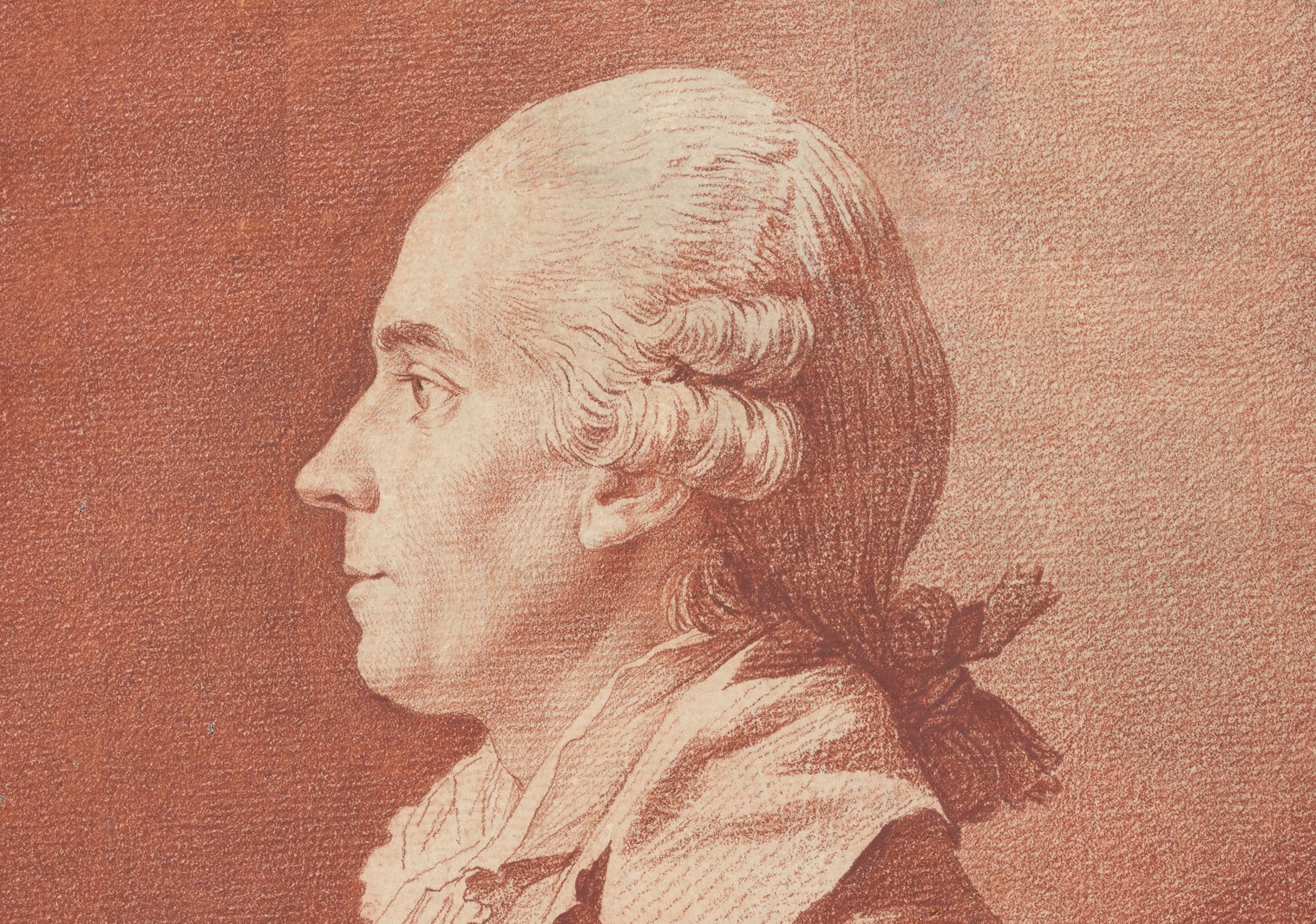 Louis Rolland Trinquesse, Wikimedia Commons
Louis Rolland Trinquesse, Wikimedia Commons
14. Her Husband Was A Gambler
And where was Fontenay while his wife Thérésa was out carrying on with revolutionaries? Well, he was keeping a secret of his own. Fontenay was a legendary gambler…but his real game was flirting with anyone who wasn’t his wife. Fortunately, Thérésa was about to get the excuse she had wanted to divorce him.
15. Her Husband Fled For His Life
Given her intimate connections with liberal thought leaders, Thérésa didn’t fear for her life when the Revolution broke out in 1789. Her husband, on the other hand, was a born and bred aristocrat who would have been amongst the first dragged out to La Place de la Concorde. Given his grim prospects, he fled for his life.
Thérésa, however, stood her ground.
16. She Was Free Of Her Ogre Husband
In his haste to flee France to save his own neck, Fontenay had left something behind: his wife. However, Thérésa couldn’t have been any happier with the timing of the French Revolution. Her husband’s abandonment allowed her to annul their loveless marriage. Unfortunately, Fontenay wasn’t the only beast she would marry.
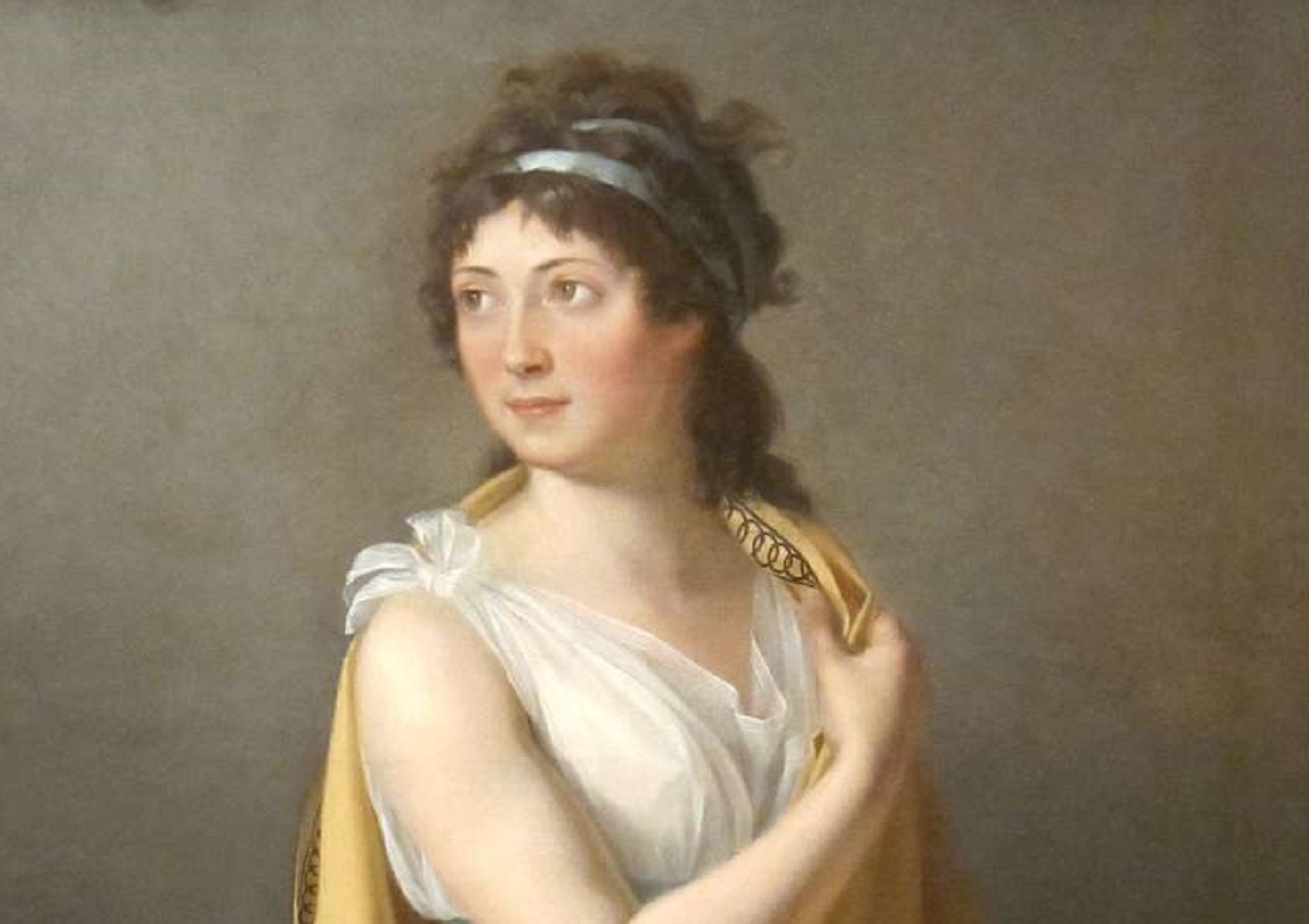 San Diego Museum of Art, Picryl
San Diego Museum of Art, Picryl
17. She Left The Revolution But It Followed Her
Thérésa took back her maiden name and went to live with her uncle in Bordeaux, away from the bloodshed of the Revolution in Paris. However, the Revolution followed her. While living with her uncle, she met Jean-Lambert Tallien. He was the Commissioner of the National Convention—as in, the man deciding if aristocrats like her got to keep their heads.
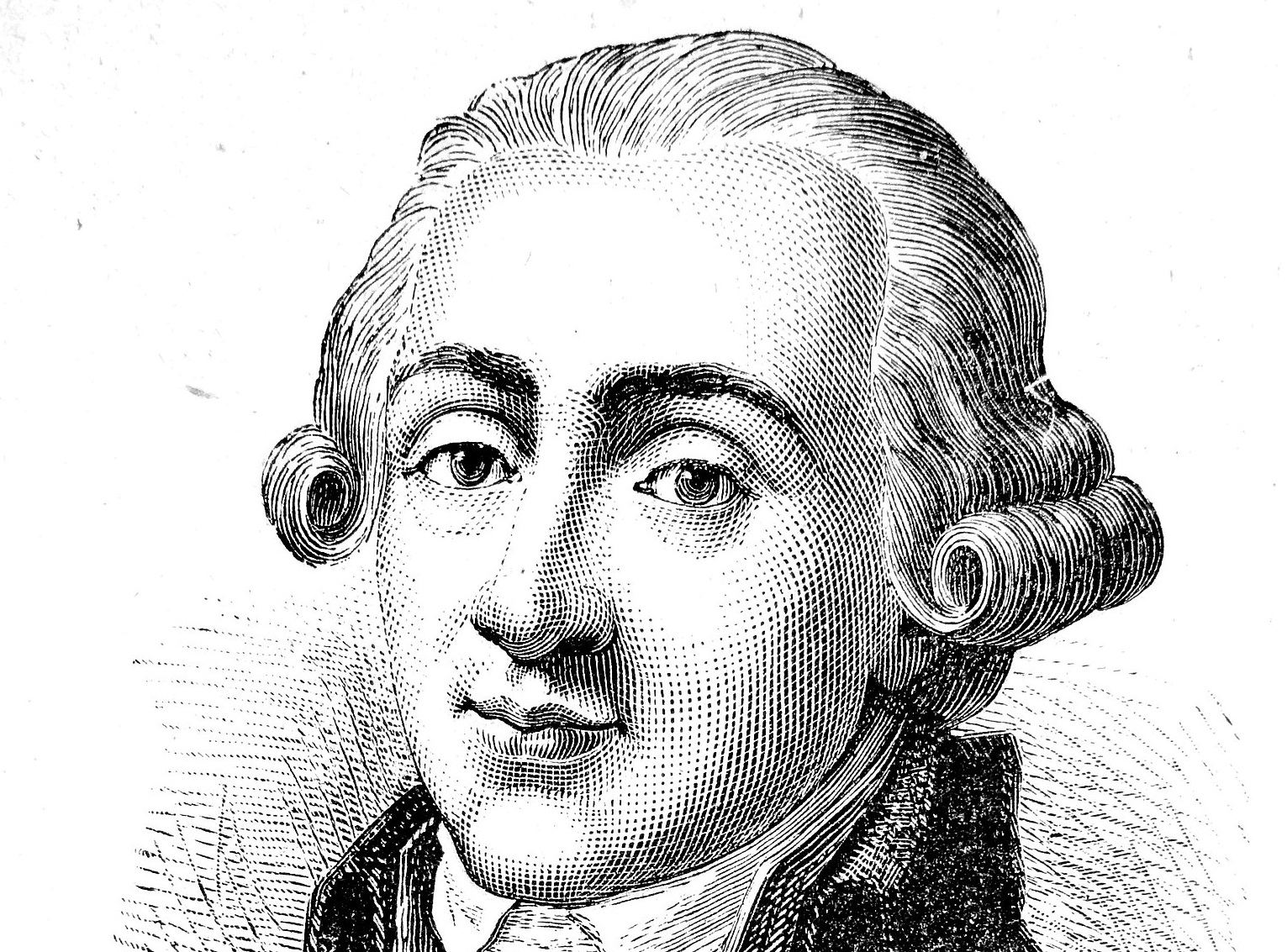 H. Rousseau, E.Thomas, Desiré Lacroix, Wikimedia Commons
H. Rousseau, E.Thomas, Desiré Lacroix, Wikimedia Commons
18. She Almost Met “La Sainte Guillotine”
When he first arrived in Bordeaux, Tallien had developed a dark reputation. He was, shall we say, bloodthirsty. He famously enjoyed feeding “la sainte guillotine” with the necks of aristocrats. But not even commoners were safe from his zealotry. He often forced famines, employing what he called “fear and flour” tactics. Thérésa, however, feared no one.
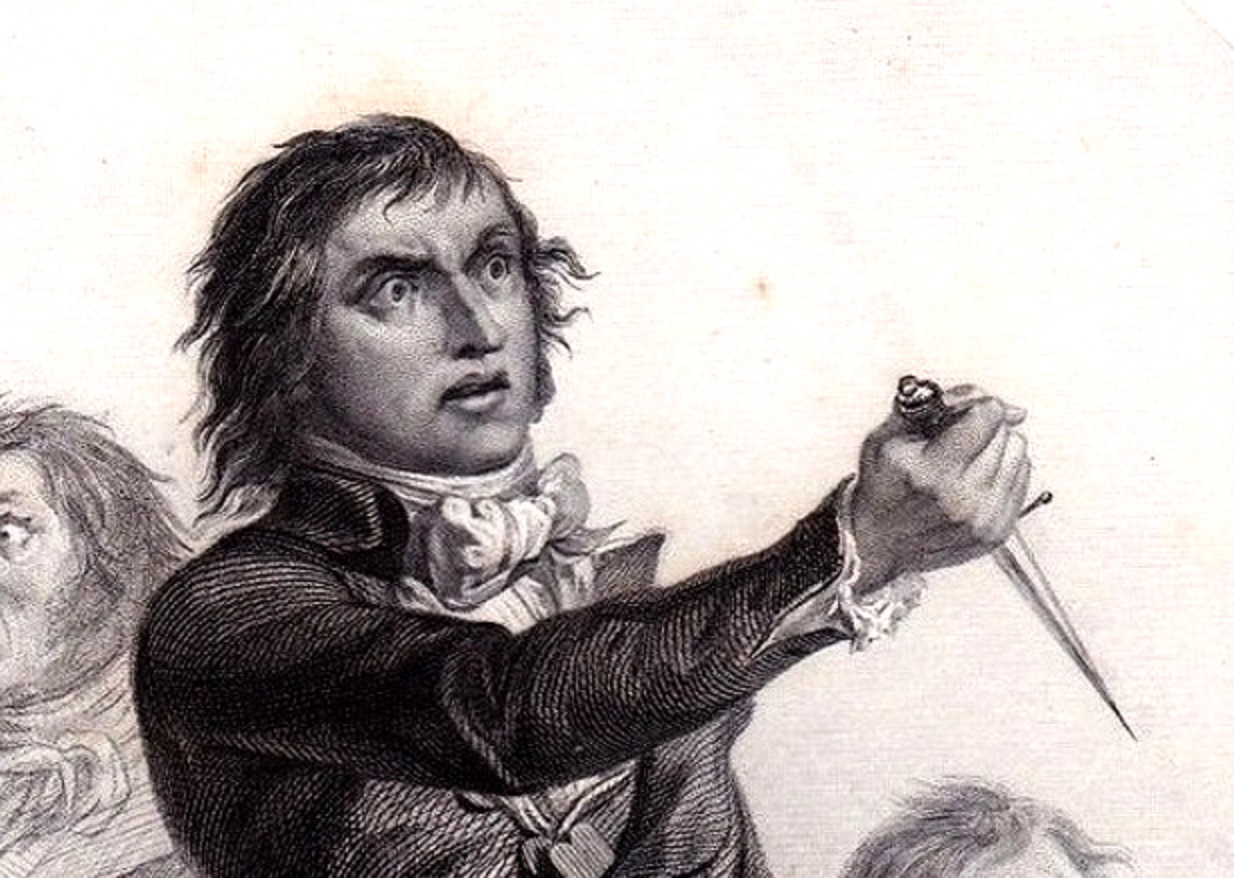 Auguste Raffet, Wikimedia Commons
Auguste Raffet, Wikimedia Commons
19. She Married To Save Her Life
Like every other eligible bachelor in France, Tallien found himself warming to Thérésa, even if she was a noblewoman. But he knew that he lacked the charms to woo her. So, instead, he made her an offer she couldn’t refuse. He had her detained and threatened her, saying, “It is better to marry than to be beheaded”.
She agreed to the arrangement. Pretty soon, however, Thérésa was the one calling the shots.
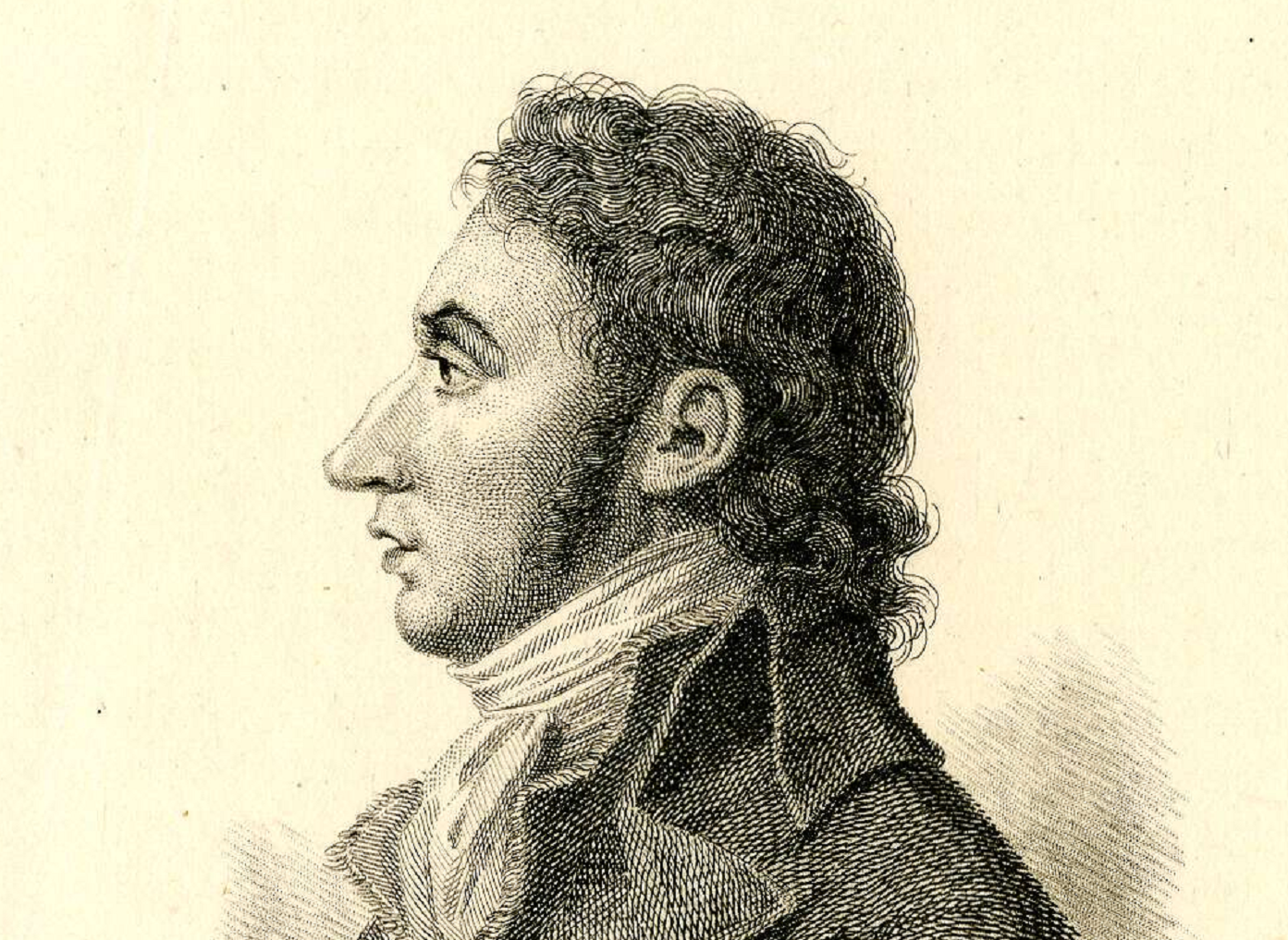 Melchior Péronard, Wikimedia Commons
Melchior Péronard, Wikimedia Commons
20. She Moderated Her Lover
By agreeing to be with Tallien, Thérésa managed to spare more than just her own neck. Almost as soon as their romance began, people began noticing a marked decrease in the number of beheadings in Bordeaux. Thérésa Tallien, it would seem, was having a moderating influence on her new partner. The people of Bordeaux were eager to show their appreciation…
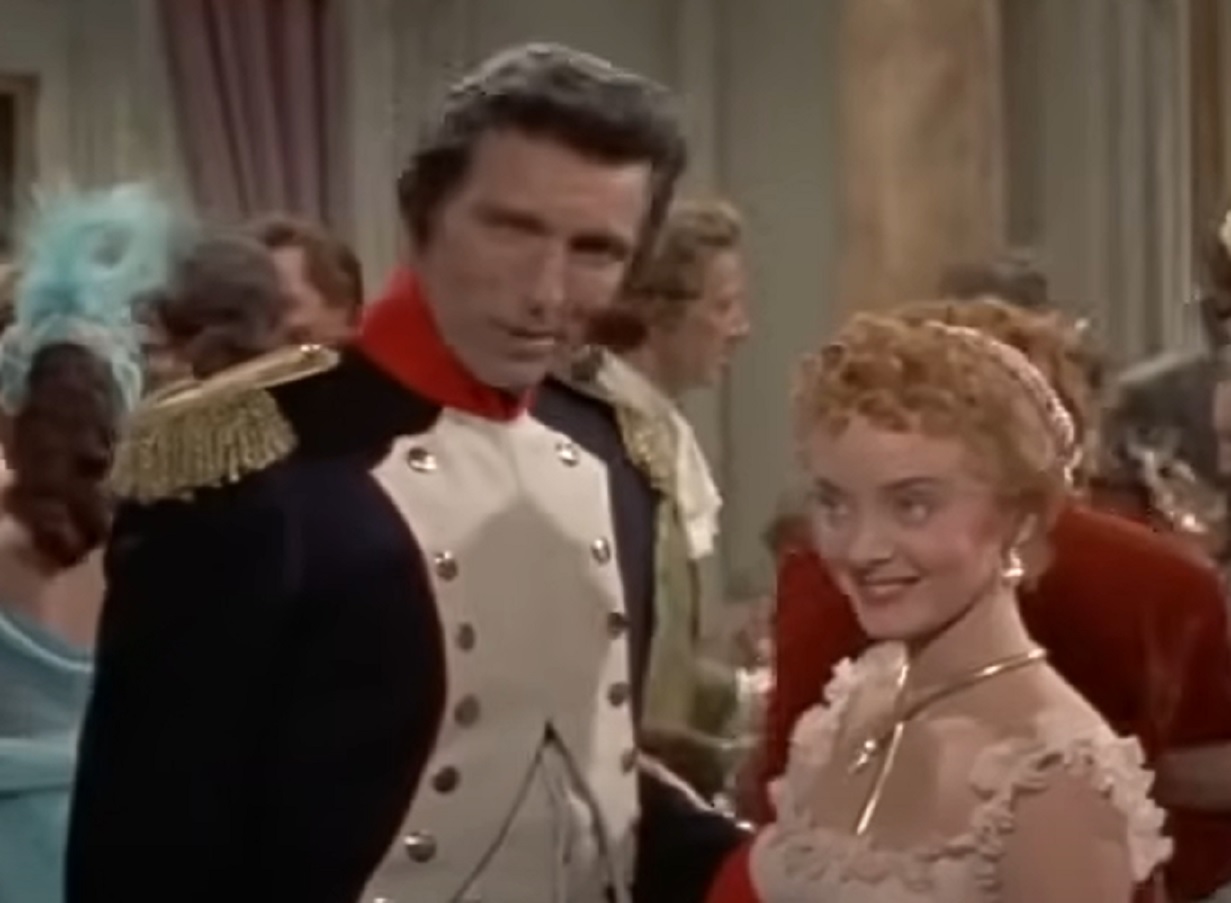 Twentieth Century Fox, Désirée (1954)
Twentieth Century Fox, Désirée (1954)
21. She Was “Notre-Dame”
Thérésa Tallien managed to use her romantic alliance with Jean-Lambert to her advantage. She was, herself, fond of Liberal ideals. But when she failed to convince Tallien with reason, she could always rely on her beauty to manipulate him. For the lives that she spared during Tallien’s reign in Bordeaux, the people gave her the name “Notre-Dame des Bonsecours” (Our Lady of Salvation).
She was practically a saint.
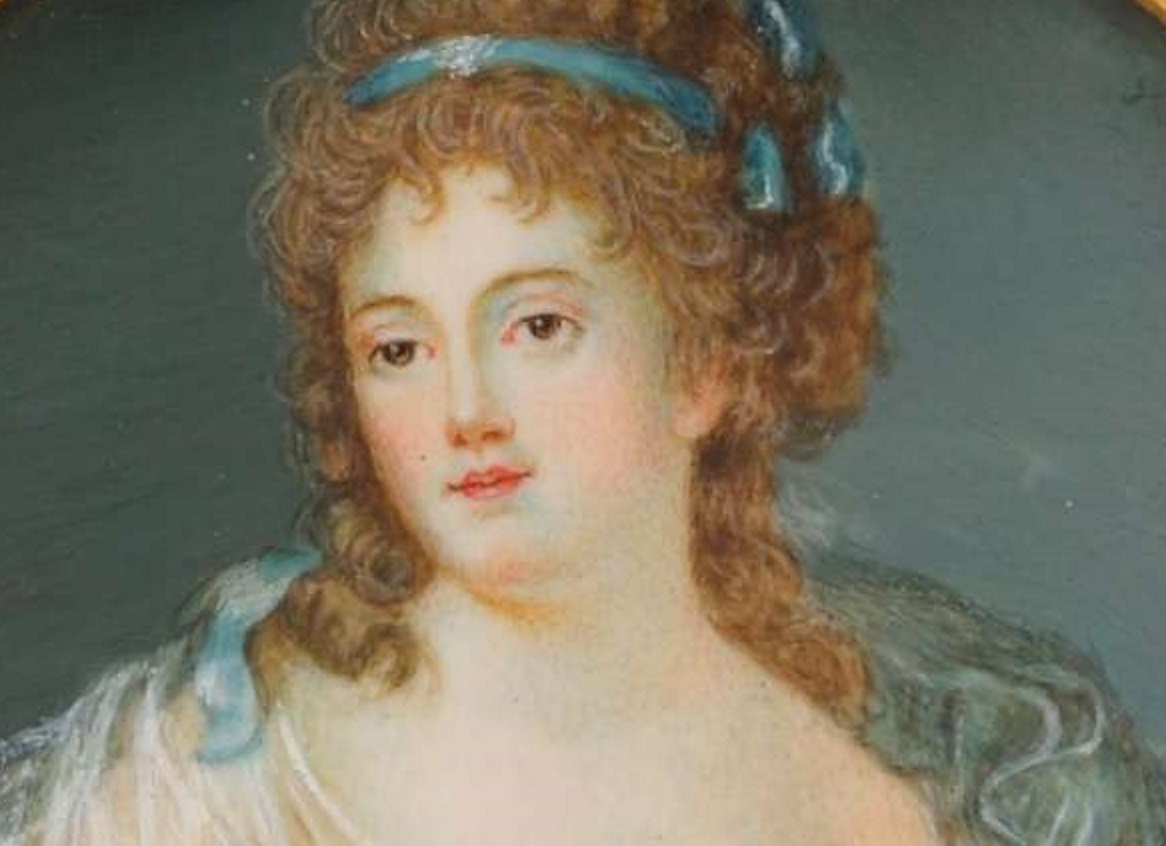 Bibliothèque nationale de France ,Picryl
Bibliothèque nationale de France ,Picryl
22. She Was The Goddess Of Reason
By December of 1793, Thérésa had so won over the people of Bordeaux that they made her a goddess. Kind of. At a parade to celebrate the feast of Reason, the people of Bordeaux had Thérésa play the role of the Goddess of Reason. However, there were still unreasonable people in Paris who had a lot more power than Tallien.
23. She Was An Enemy Of The Republic
News of Thérésa’s merciful approach had reached Paris—and it caused a dangerous problem. Maximilien Robespierre, the Revolution’s leader, denounced Tallien for his moderation and even singled out Thérésa for scorn. Robespierre placed all of the blame on Thérésa Tallien, calling her an “ex-noble, who gets him [Tallien] to pardon many enemies of the Republic”.
She was about to become, herself, an enemy of Robespierre.
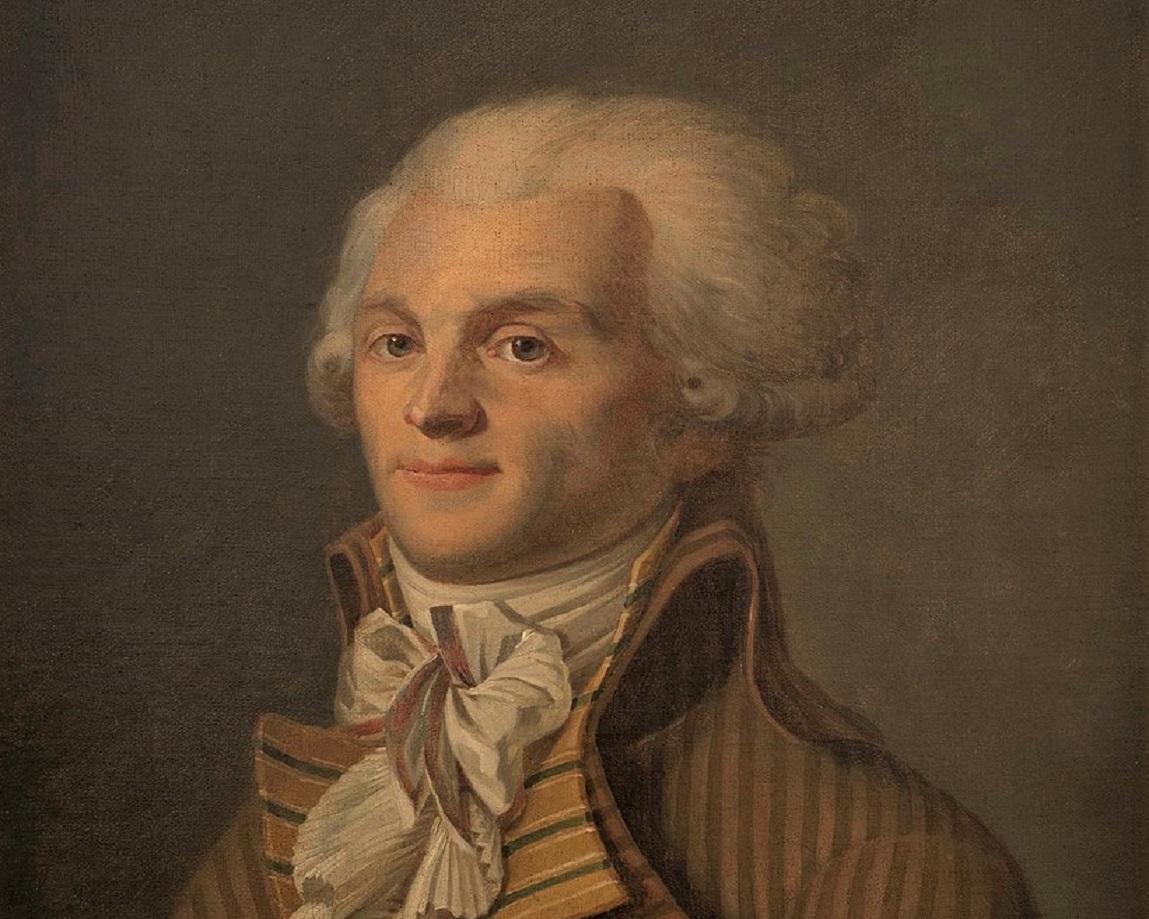 Unknown Author, Wikimedia Commons
Unknown Author, Wikimedia Commons
24. She Tried To Save Her Man
When the Committee of Public Safety recalled Jean-Lambert Tallien to Paris, Thérésa made the near-fatal mistake of accompanying him. She planned to appeal to the Committee’s better senses and explain his actions. Instead, her words fell on deaf ears.
Even her legendary beauty failed to charm the zealots of the Reign of the Terror. She was in deeper trouble than she knew.
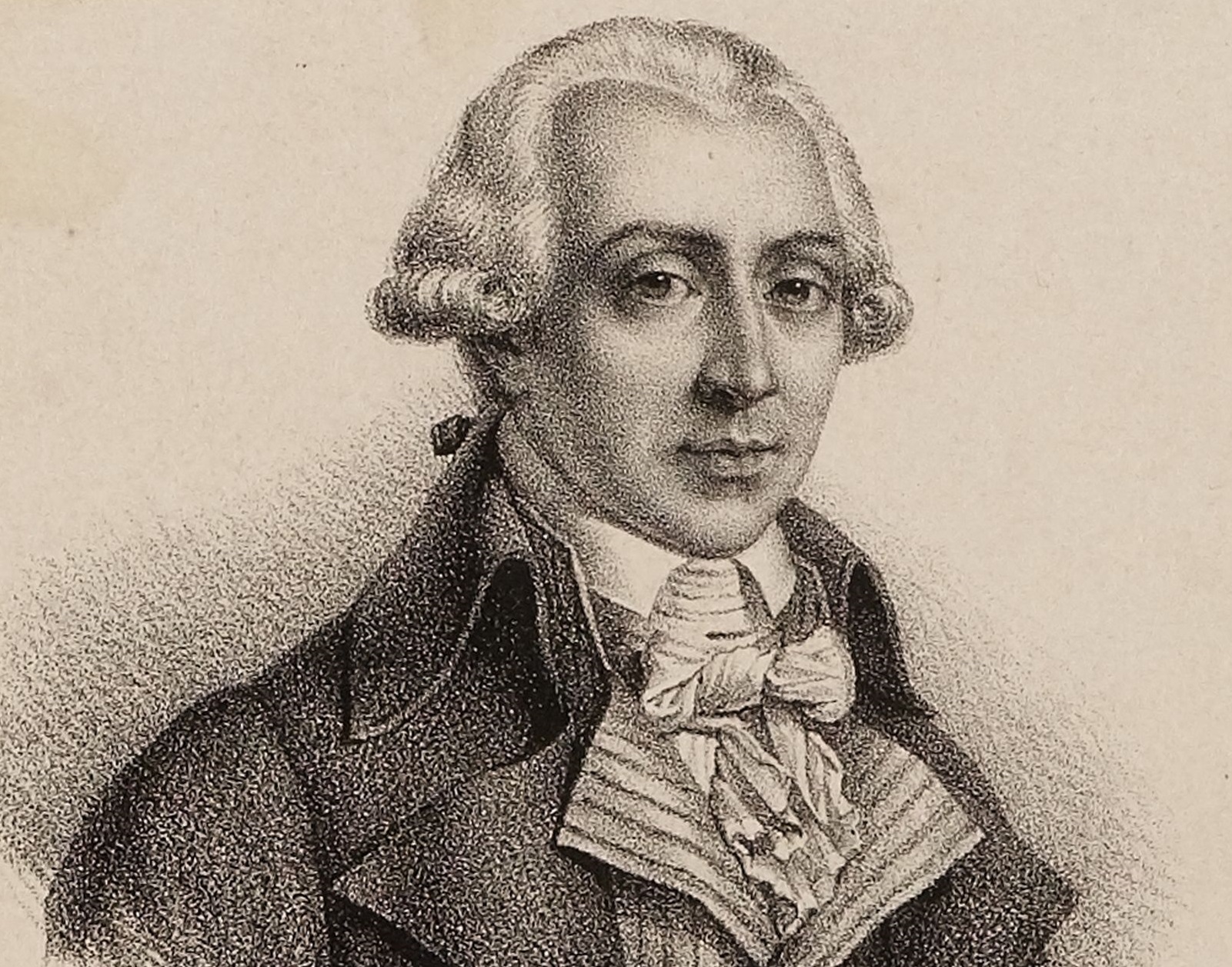 dessinateur-lithographe, Wikimedia Commons
dessinateur-lithographe, Wikimedia Commons
25. She Saved The Future Empress
On orders from Robespierre, revolutionary forces threw Thérésa in prison, first at Lorce then at Carmes. Ironically, this is precisely where Thérésa found a new best friend. While languishing behind bars at Carmes, awaiting her trial and probable beheading, Thérésa met Joséphine de Beauharnais, the future Empress of France as Napoleon’s wife.
Her next move would save them both.
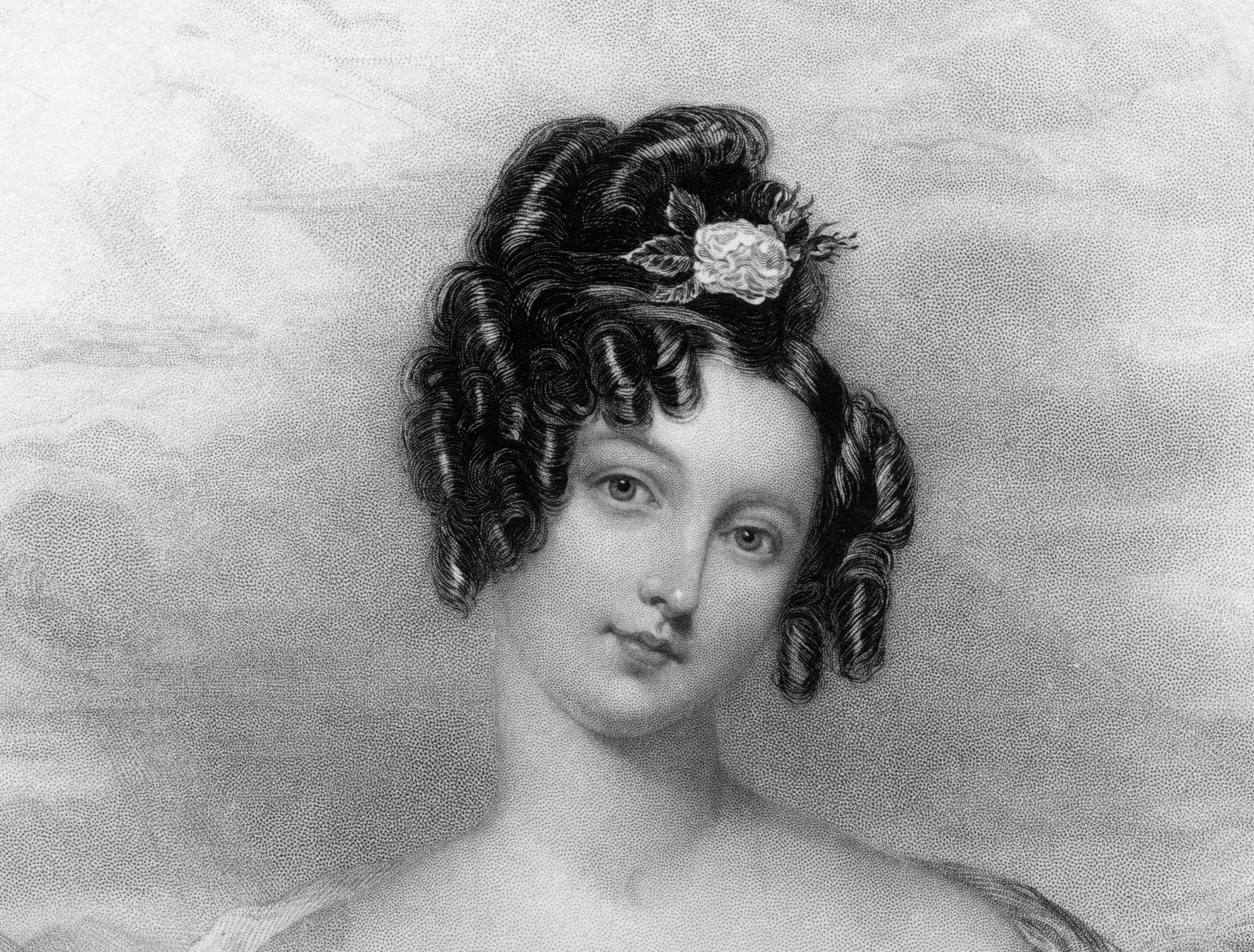 Henry Thomas Ryall d'après «J. Holmes», Wikimedia Commons
Henry Thomas Ryall d'après «J. Holmes», Wikimedia Commons
26. She Sent A Secret Letter
Even with the odds stacked against her, Thérésa still believed that she could escape her fate. She just had to manipulate Jean-Lambert one last time. In a last ditch effort, she wrote a letter to him, excoriating him for not freeing her. “I die in despair at having belonged to a coward like you,” she wrote.
With the letter, she included a dagger. The message was clear, and his reaction was explosive.
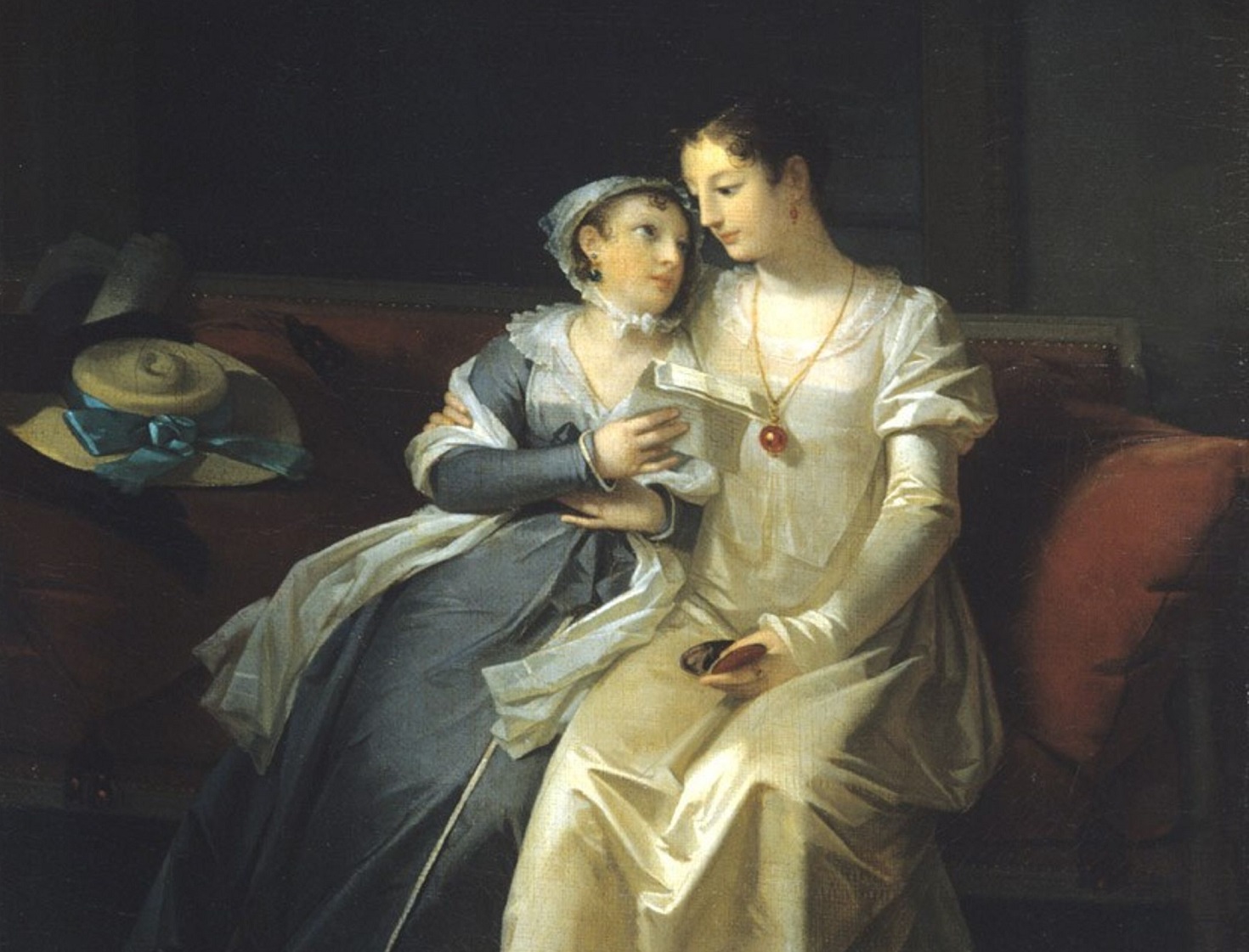 Marguerite Gérard, Wikimedia Commons
Marguerite Gérard, Wikimedia Commons
27. She Inspired A Coup
The very next day after receiving Thérésa’s letter, Tallien sprung into action. During a session of the National Convention, Tallien interrupted the proceedings and rose to the tribune. Brandishing a dagger—presumably the one that Thérésa had given him—Tallien staged a coup to overthrow Robespierre and his supporters.
Thérésa’s letter spared her neck from the guillotine. But sentenced others to a grizzly fate.
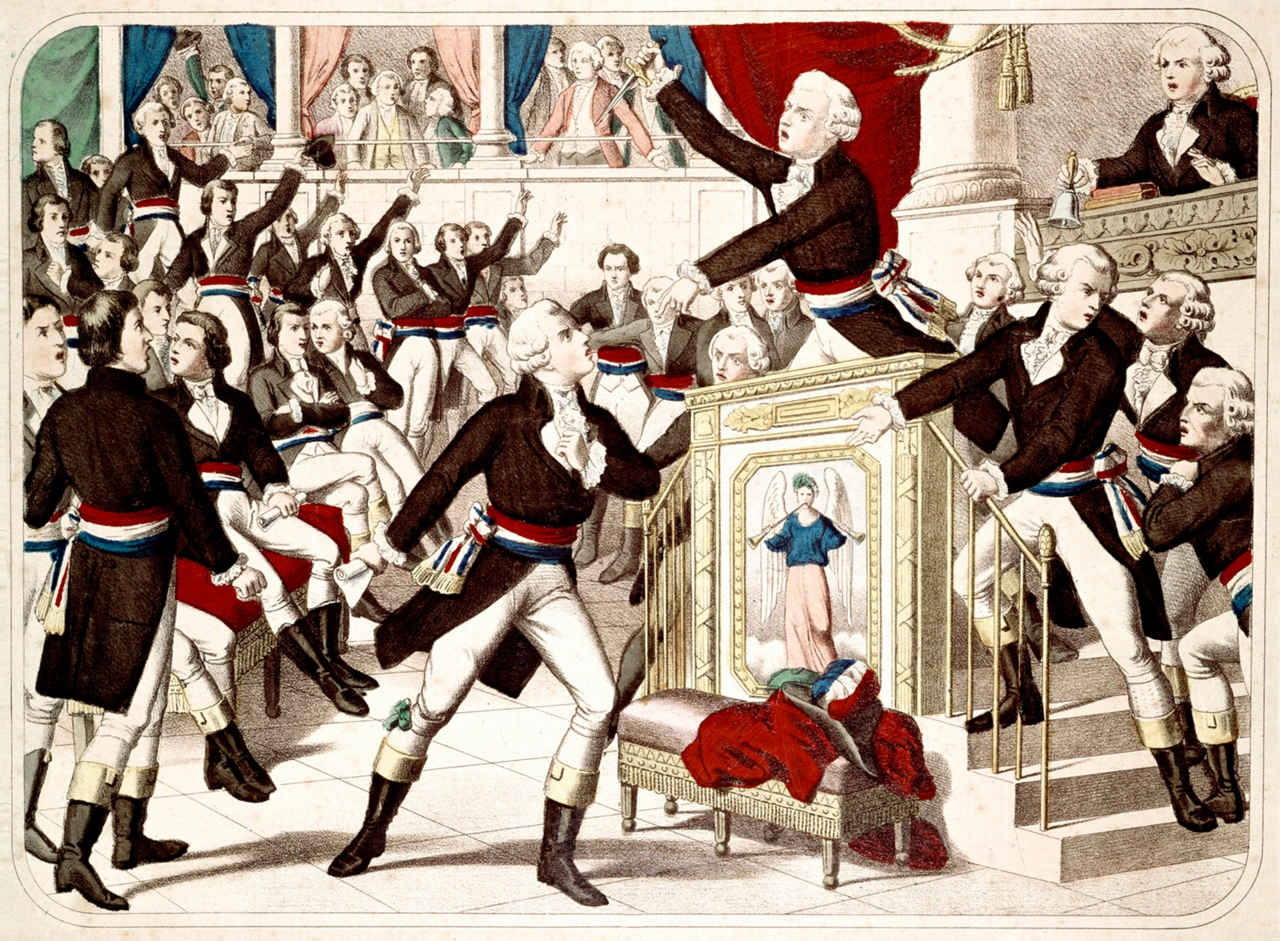 Unknown Author, Wikimedia Commons
Unknown Author, Wikimedia Commons
28. She Secured Her Freedom
Turns out that Thérésa and Tallien hadn’t been the only ones fed up with Robespierre's Reign of Terror. The National Convention moved to have Robespierre and his supporters detained and, subsequently, beheaded. Tallien’s first act as the leader of the Thermidorian Reaction was, obviously, to free Thérésa and her new bestie, Josephine.
Her role in the coup would make her even more famous.
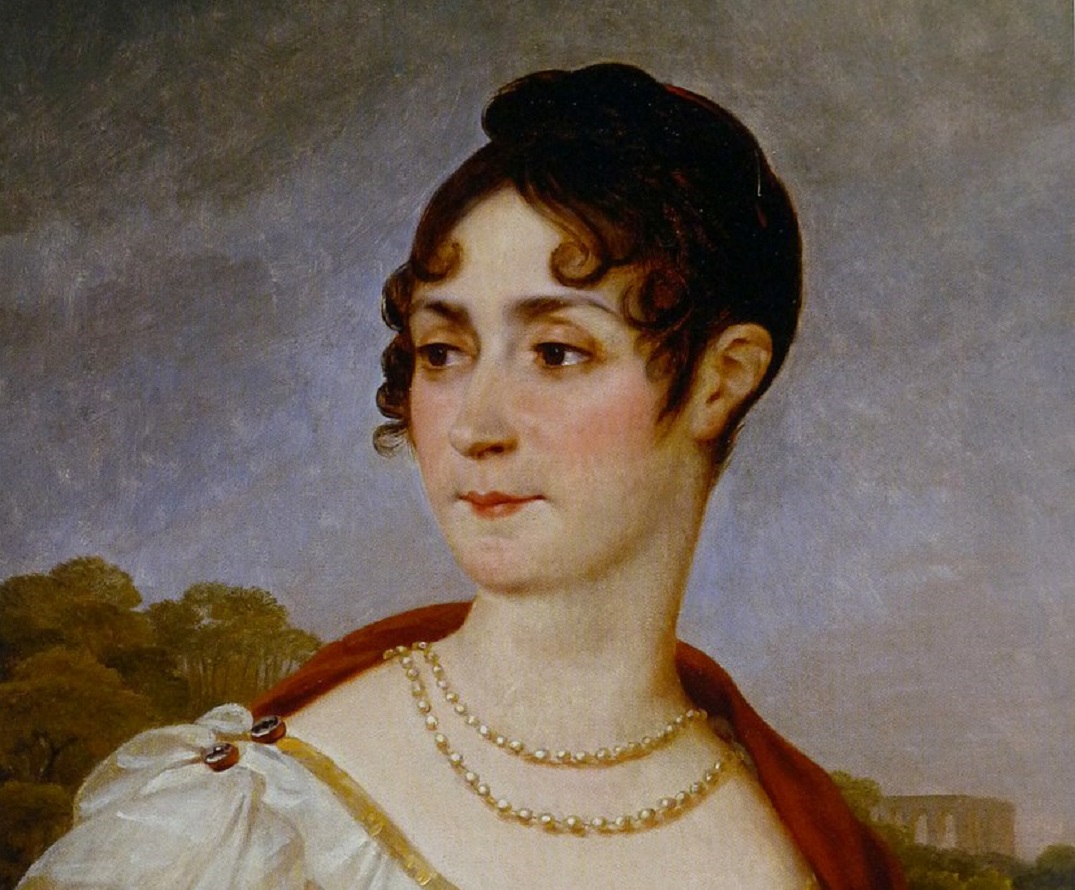 Antoine-Jean Gros, Wikimedia Commons
Antoine-Jean Gros, Wikimedia Commons
29. She Was The Reason For The Reaction
Had it not been for Thérésa’s letter to Tallien and her sway over him, he may never have staged the Thermidorian Reaction and ended Robespierre’s Reign of Terror. And the people of France knew it. In addition to her unofficial title as “Notre-Dame des Bonsecours”, the people began hailing her as “Notre-Dame de Thermidor”.
Was it time for her happily ever after? Well, something like it…
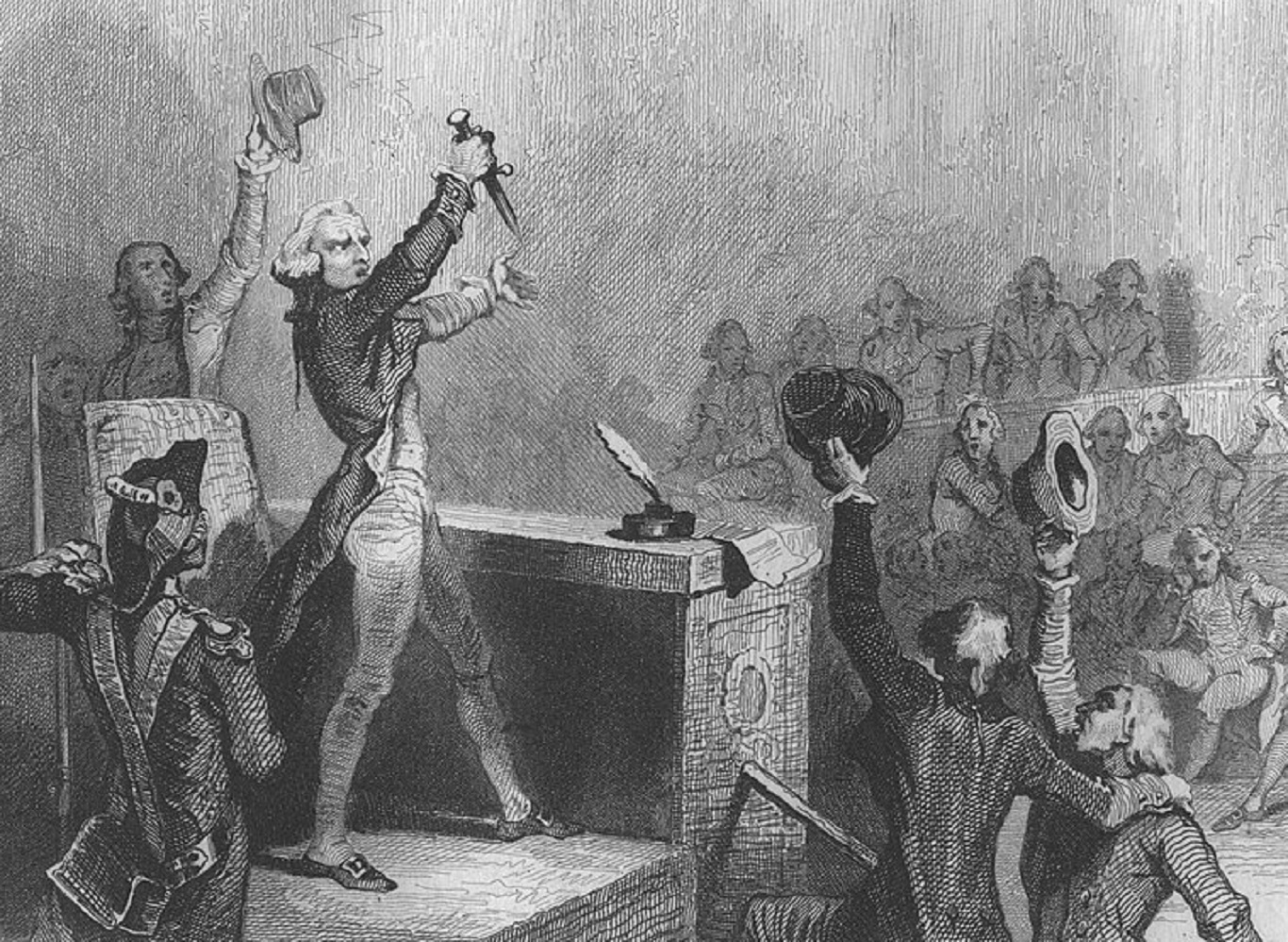 Tony Johannot, Wikimedia Commons
Tony Johannot, Wikimedia Commons
30. She Had Tallien’s Child
There might have been another reason why Tallien had been so eager to secure Thérésa’s release. Shortly after the Thermidorian Reaction, Thérésa revealed that she was pregnant with Tallien’s child. Though they had been lovers for years, they finally made their alliance official with a marriage in December 1794. Then the troubles really started.
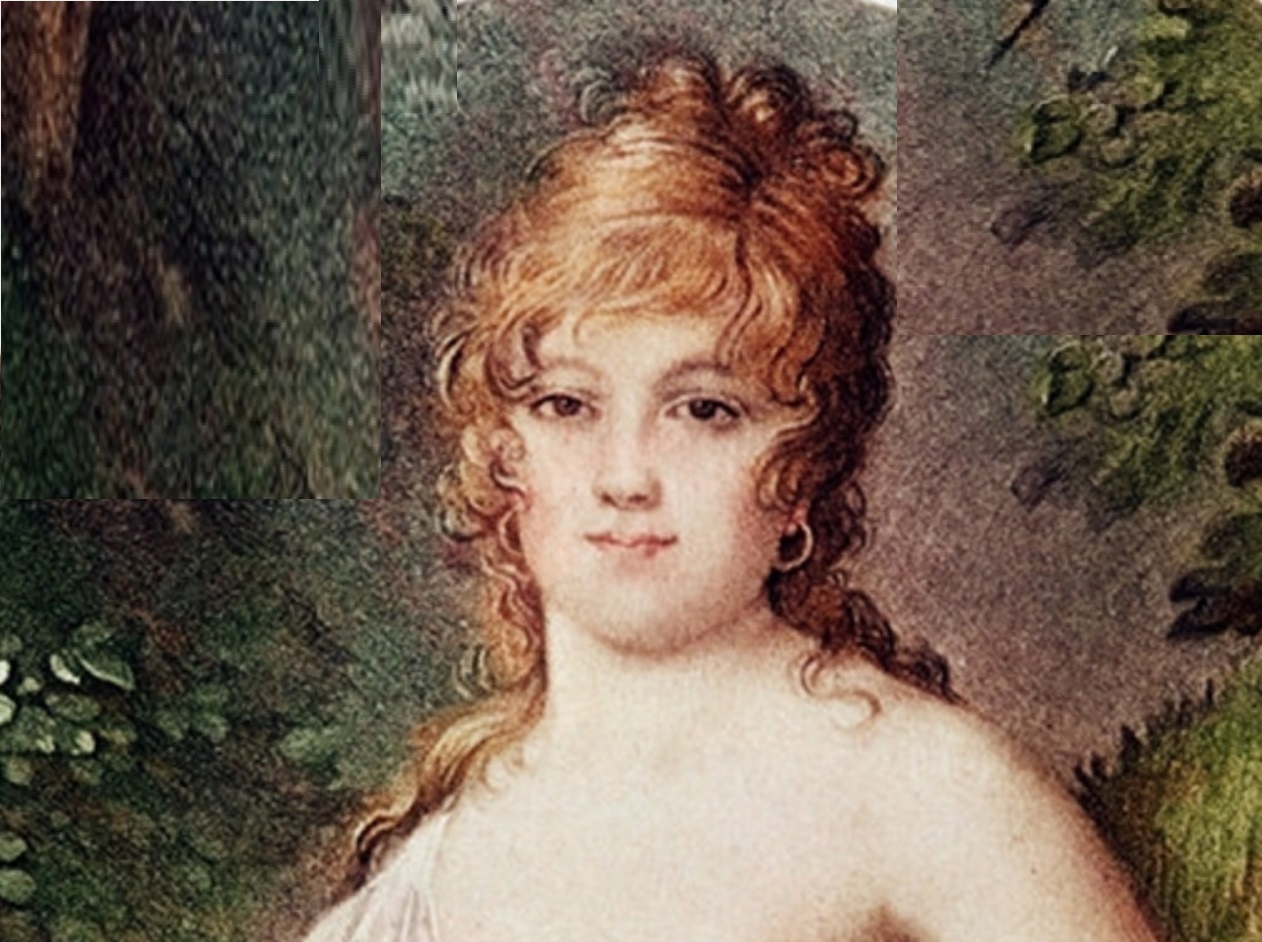 Jean-Baptiste Isabey, Wikimedia Commons
Jean-Baptiste Isabey, Wikimedia Commons
31. She Started A Fashion Trend
Having regained her freedom, liberating France in the process. Thérésa Tallien became Paris’ most famous socialite. Together with her bestie, Josephine de Beauharnais, she pioneered the Greek Revival aesthetic of the French Directory period. It was a “corset-less” risqué style that often saw dresses, made of “flimsy fabrics” carelessly draped over buxom bodies.
One day, her fashion tastes got her into quite the scandal.
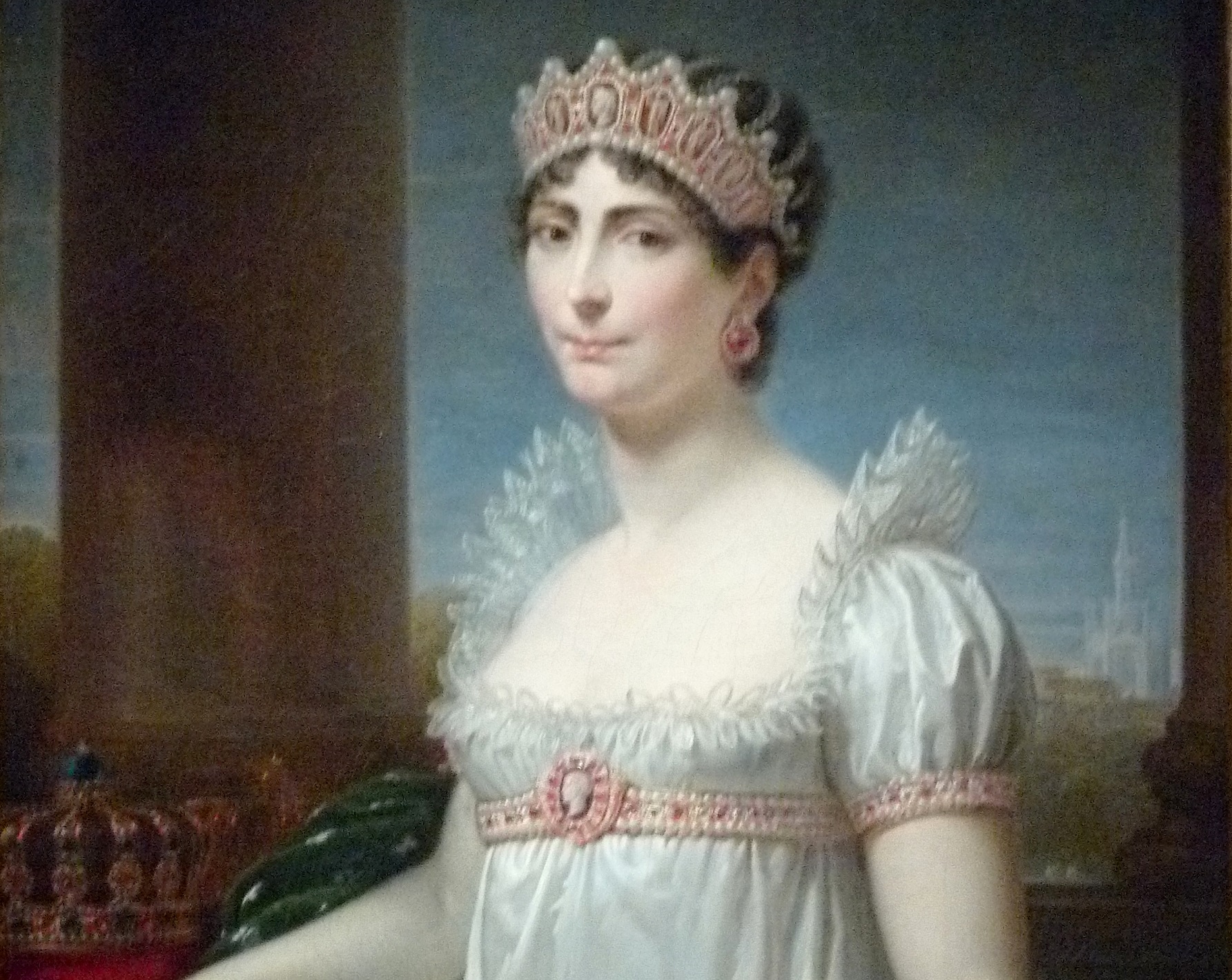 Andrea Appiani, Wikimedia Commons
Andrea Appiani, Wikimedia Commons
32. She Was Transparent
Thérésa Tallien was beautiful—and she had no problem showing it off. One day, at the Paris Opera, she showed up wearing a simple, sleeveless, semi-translucent white silk dress—and nothing underneath. The daring outfit was emblematic of the Directoire style and cast Thérésa in the light of a real-life Grecian statue. It was certainly a statement outfit…but she got more than she bargained for.
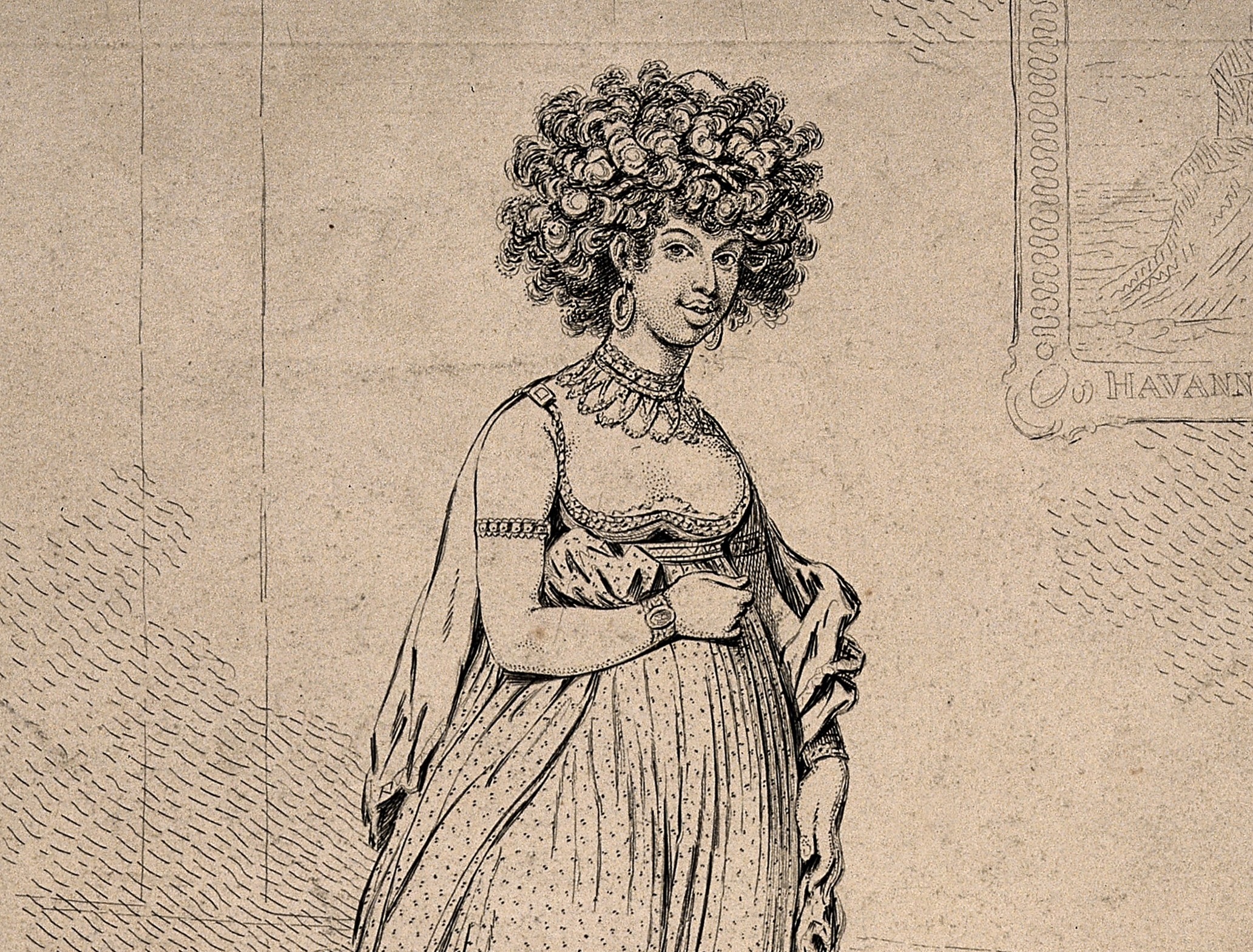 Unknown Author, CC BY 4.0, Wikimedia Commons
Unknown Author, CC BY 4.0, Wikimedia Commons
33. She Was Sumptuously Unclothed
Upon seeing Thérésa at the Opera in her revealing tunic, Talleyrand, a leading statesman and diplomat simply had to express his admiration. “Il n'est pas possible de s'exposer plus somptueusement!” the Frenchman exclaimed. For the non-Francophones: “One could not be more sumptuously unclothed!” The truth is, her scandalous dresses were the least decadent part of her beauty regime.
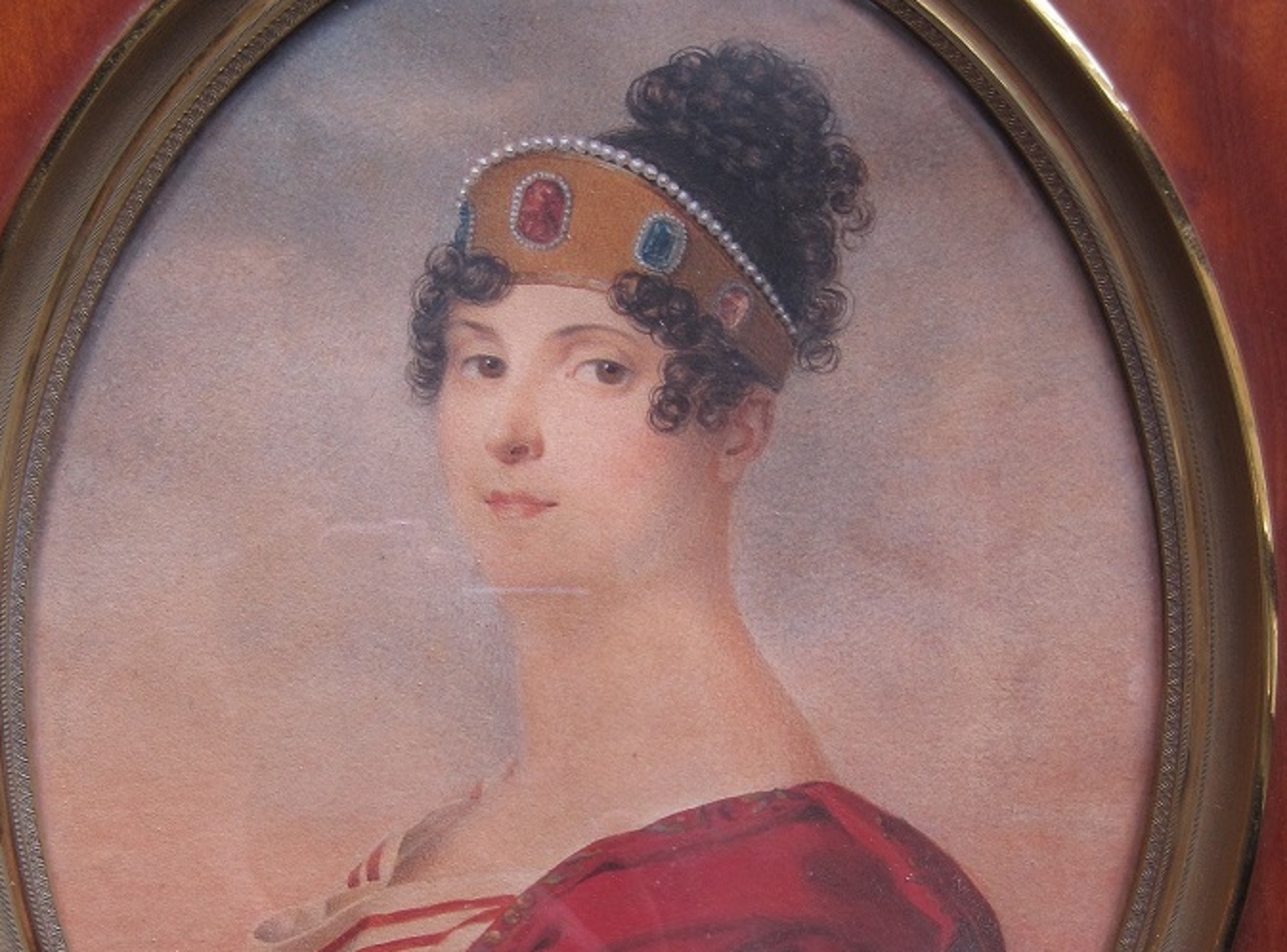 Thérésa Cabarrus, princesse de Chimay, Wikimedia Commons
Thérésa Cabarrus, princesse de Chimay, Wikimedia Commons
34. She Bathed In Strawberries
Thérésa Tallien went to extreme lengths to maintain her exquisite beauty. While some would have been happy just to get their beauty sleep in, Thérésa took it to a whole new level. Allegedly, she used to bathe in freshly squeezed strawberry juice to get the most out of its healing properties. She practically inspired a whole beauty movement.
35. She Was Part Of A Clique
As her popularity rose, Thérésa formed something of a “clique” with Paris’ other high society women. She and her inner circle that included the soon-to-be Empress of France, Josephone, began calling themselves “Les Merveilleuses”. Pretty soon, all of the ladies wanted to be them…and all of the men wanted to be with them.
Thérésa was, however, spoken for.
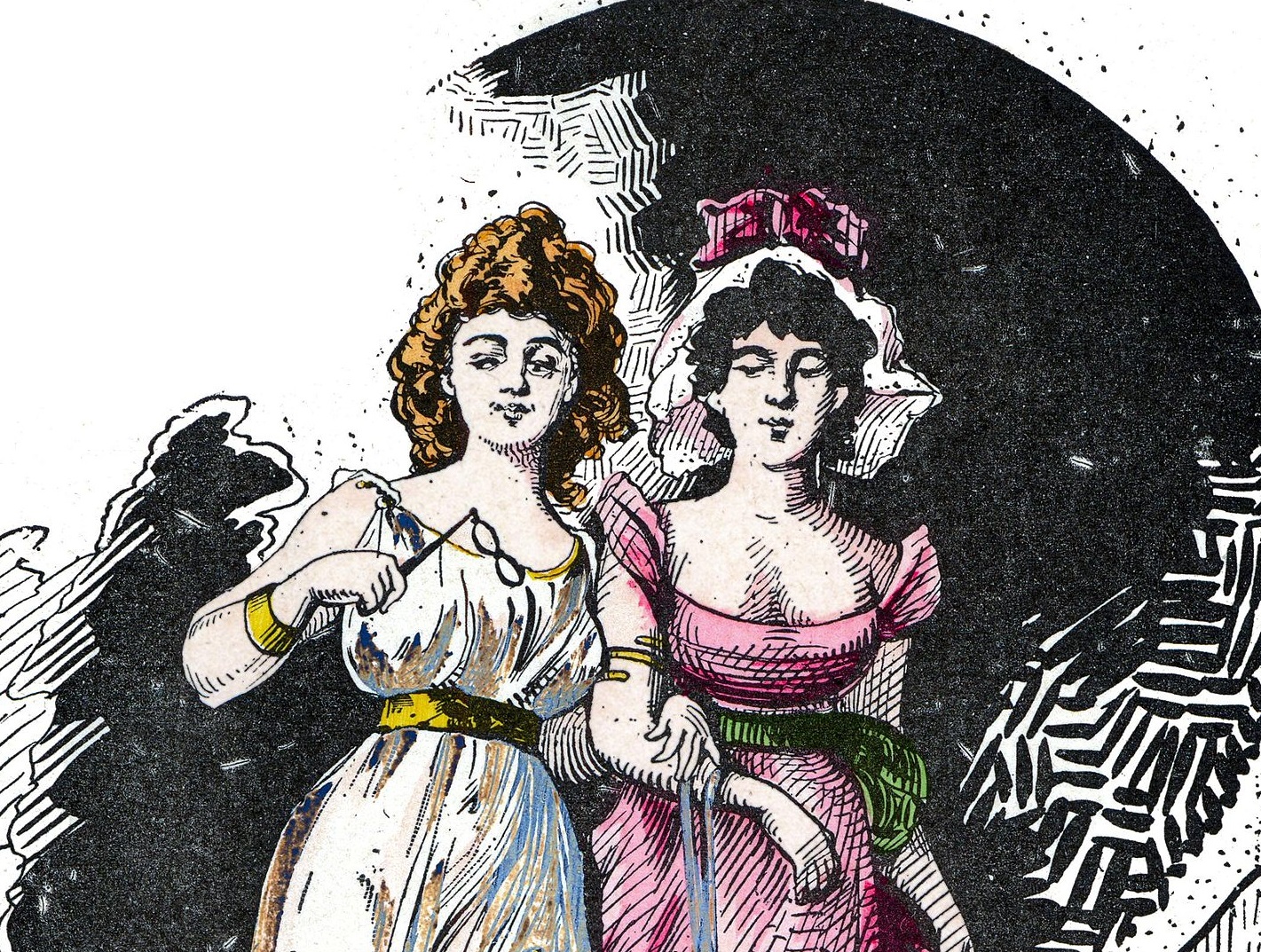 Edouard Zier, Wikimedia Commons
Edouard Zier, Wikimedia Commons
36. Her Divorce Took Years
Jean Lambert Tallien had been so devoted to Thérésa that he’d staged a coup—but there was a twisted dark side to their relationship. It was more one-sided that it seemed, and Thérésa had really only been with him to save her own skin. Now, the Reign of Terror over and the threat of the guillotine was no longer hanging over her head.
By February 1797, she had started divorce proceedings. It would be another five years before she could finalize the divorce and leave Tallien behind. Then she started making up for lost time.
 Unknown Author, Wikimedia Commons
Unknown Author, Wikimedia Commons
37. She Wore A Head-To-Toe Jewels
Apparently, Thérésa only knew how to wear too little—or way too much. She once arrived at Tuileries Palace, Napoleon’s primary residence, decked out in jewels. She wore “eight sapphire rings and six toe rings, a gold bracelet on each ankle and nine bracelets on each arm”. In case that wasn’t enough, she topped it off with a ruby-studded headband.
It certainly attracted Napoleon’s attention.
38. She Flirted With Her Bestie’s Man
With her divorce from Tallien finally secured, Thérésa wasn’t just France’s “It” Girl. She was also France’s most eligible bachelorette. Without missing a beat, she sparked up flirtations left and right—but one in particular was more scandalous than the others.
It turns out that she had some serious chemistry with none other than France’s freshly-coronated emperor, Napoleon.
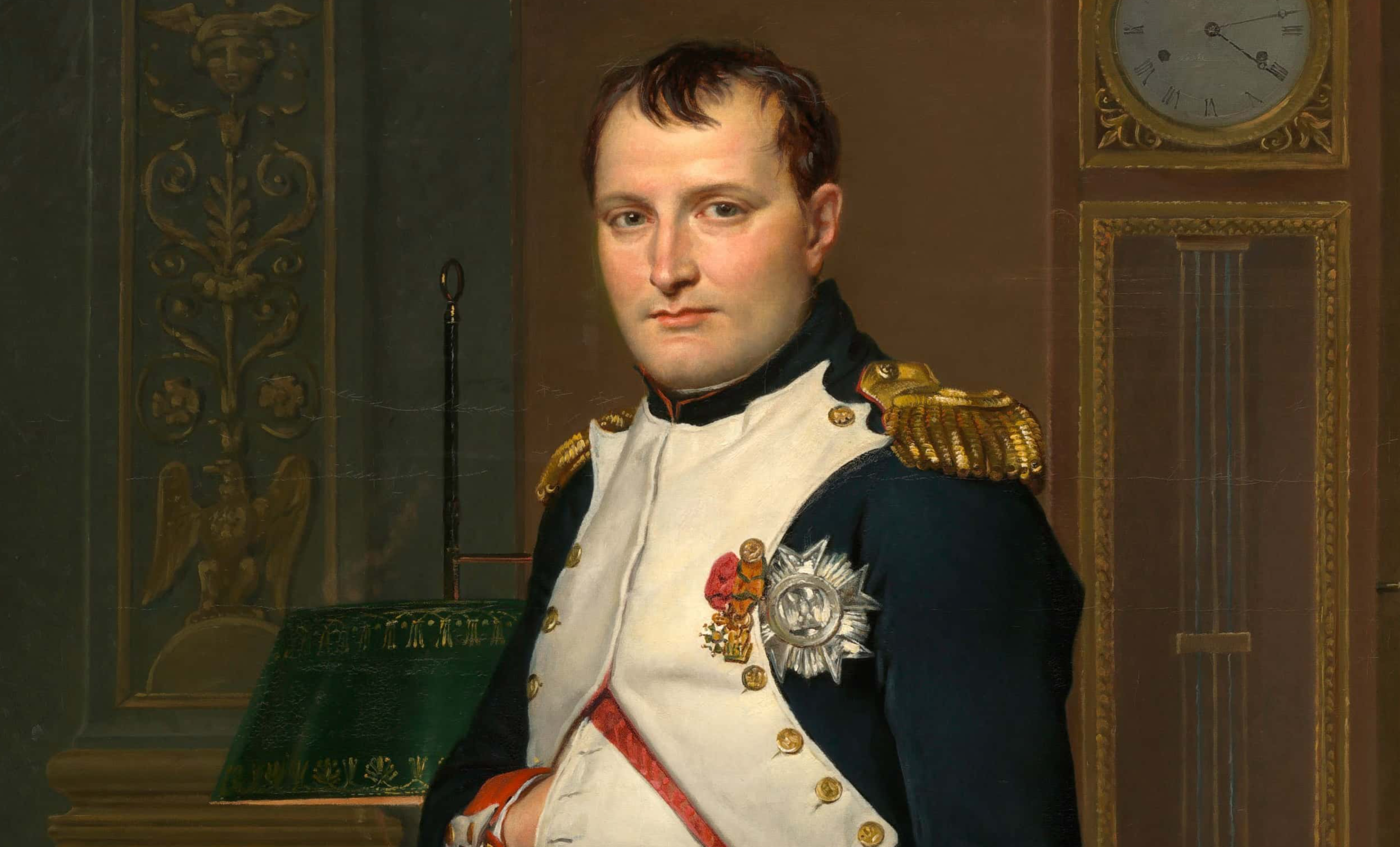 Jacques-Louis David, Wikimedia Commons
Jacques-Louis David, Wikimedia Commons
39. She Avoided An Awkward Love Triangle
The problem with Thérésa’s new beau, of course, was that his wife was also her best friend. Probably not wanting to upset her former fellow inmate, Thérésa backed off Napoleon (Or he backed off of her. More on that later).
That didn’t mean, however, that she was done with de Beauharnais’ lovers.
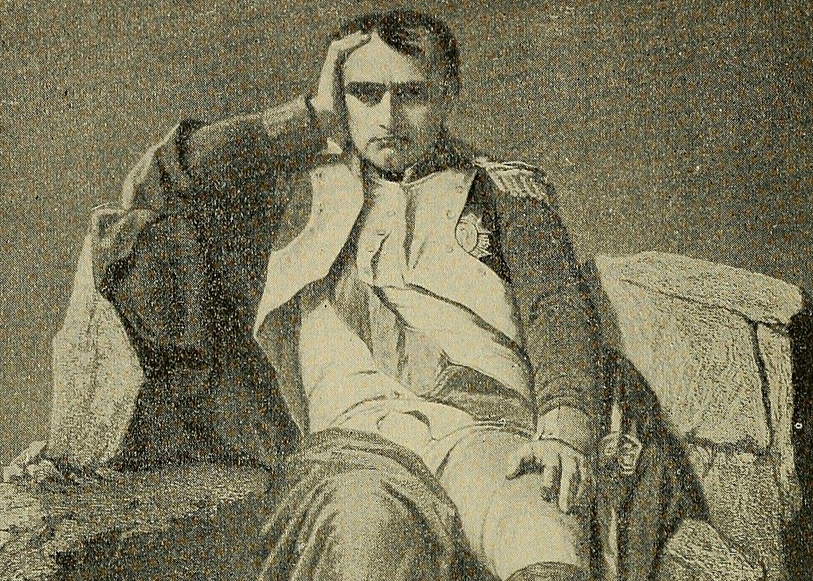 Internet Archive Book Images, Wikimedia Commons
Internet Archive Book Images, Wikimedia Commons
40. She Took Her Bestie’s Sloppy Seconds
After her flame with Napoleon fizzled out, Thérésa moved on to another one of de Beauharnais’ conquests. Clearly not put off by the idea of sleeping with her bestie’s sloppy seconds, Thérésa moved on to the influential Paul Barras. But he hadn’t been good enough for de Beauharnais…and he certainly wasn’t good enough for her either.
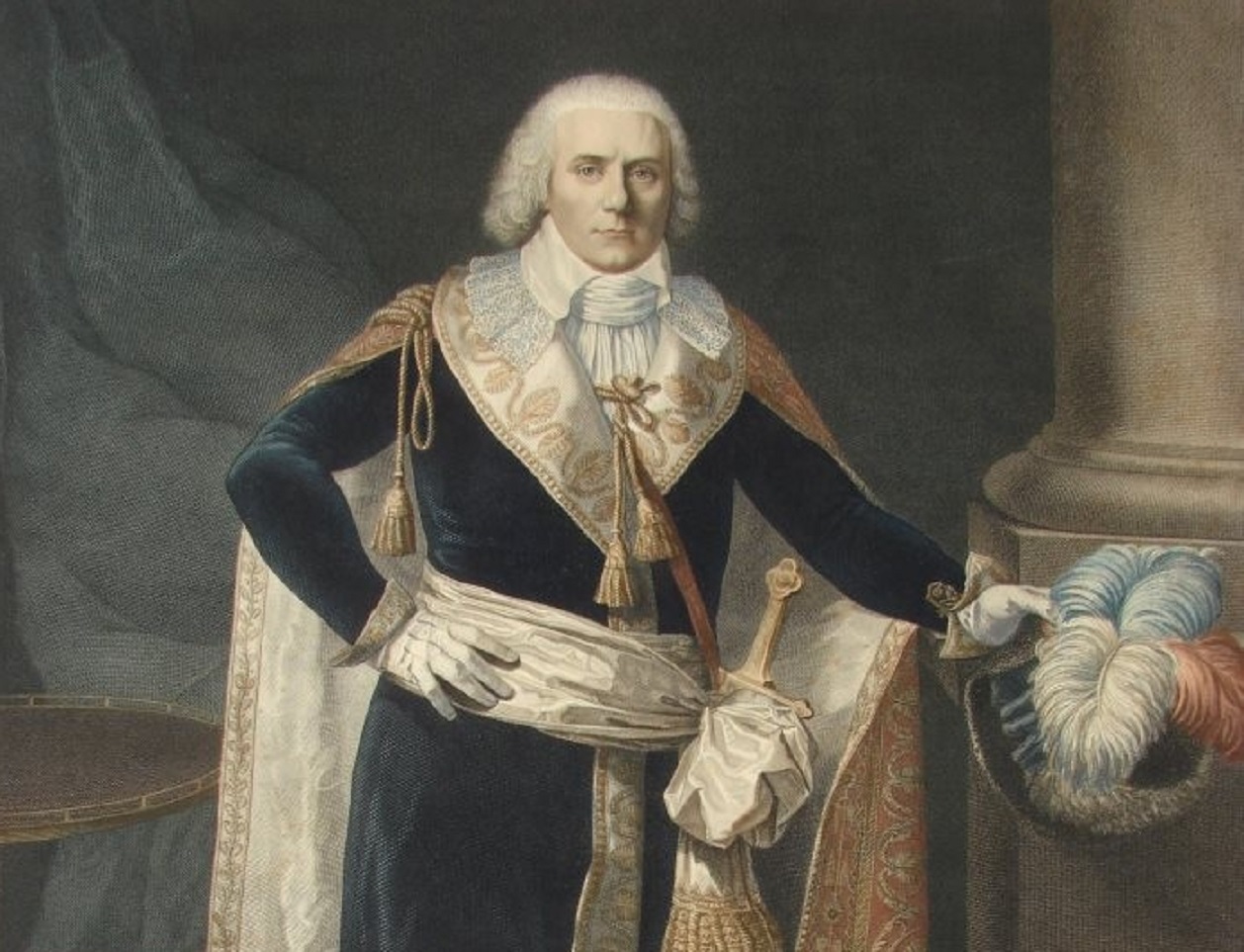 Pierre Alexandre Tardieu, Wikimedia Commons
Pierre Alexandre Tardieu, Wikimedia Commons
41. She Speculated On A Speculator
After bearing one child to Barras, Thérésa once again moved on to another lover. One that de Beauharnais hadn’t already claimed: Gabriel-Julien Ouvrard. He was an uber-wealthy speculator who had made his fortune during the most turbulent times of the French Revolution. Their relationship was almost as scandalous as his wealth.
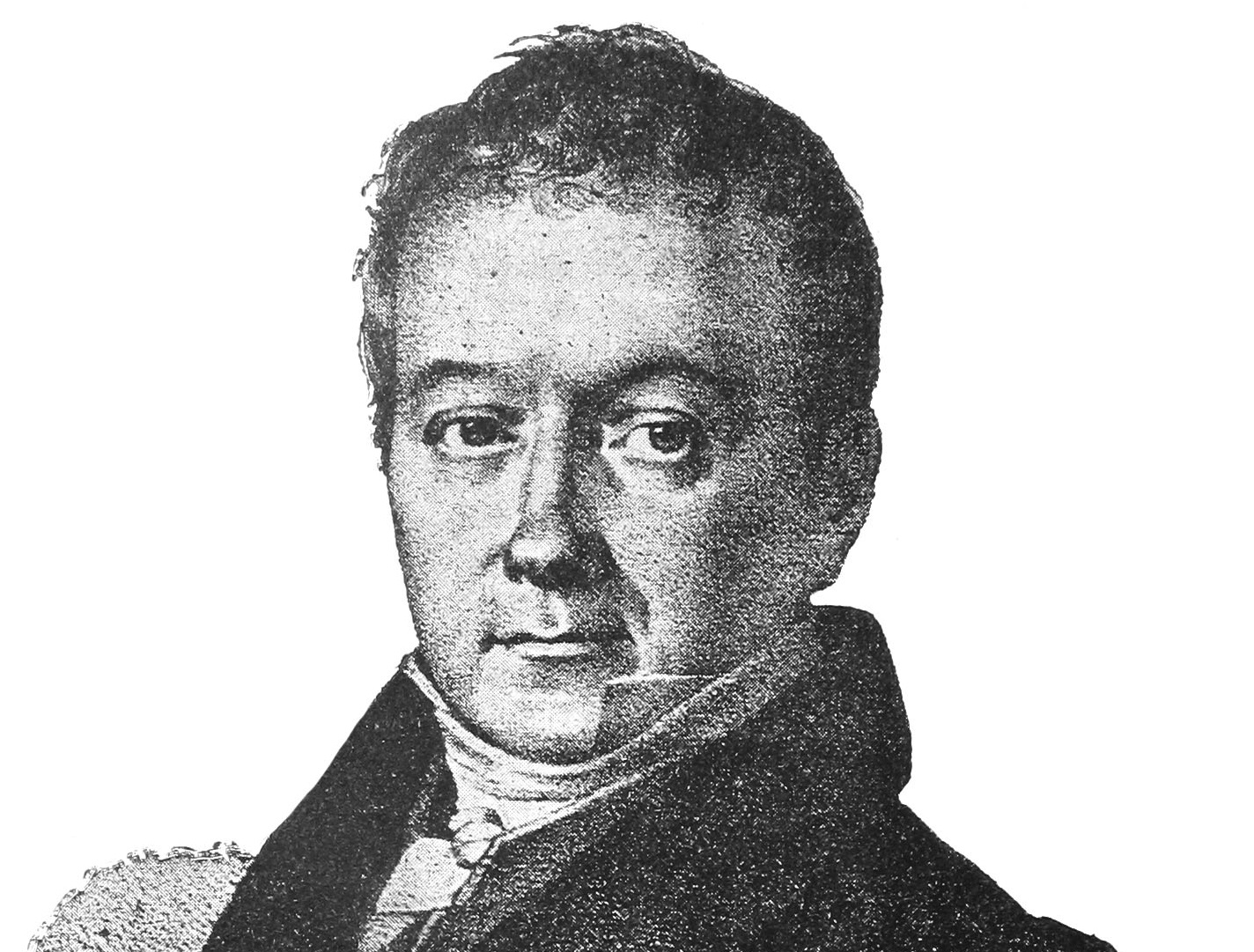 Unknown Author, Wikimedia Commons
Unknown Author, Wikimedia Commons
42. She Was Constantly Pregnant
Thérésa and Ouvrard never actually married. Despite this, she was practically constantly pregnant with his children, leading to no end of gossip in Paris’ salons and boutiques. Between the years 1800 to 1804, Thérésa gave birth to five of Ouvrard’s illegitimate children. Thankfully, Thérésa ended their affair just in time.
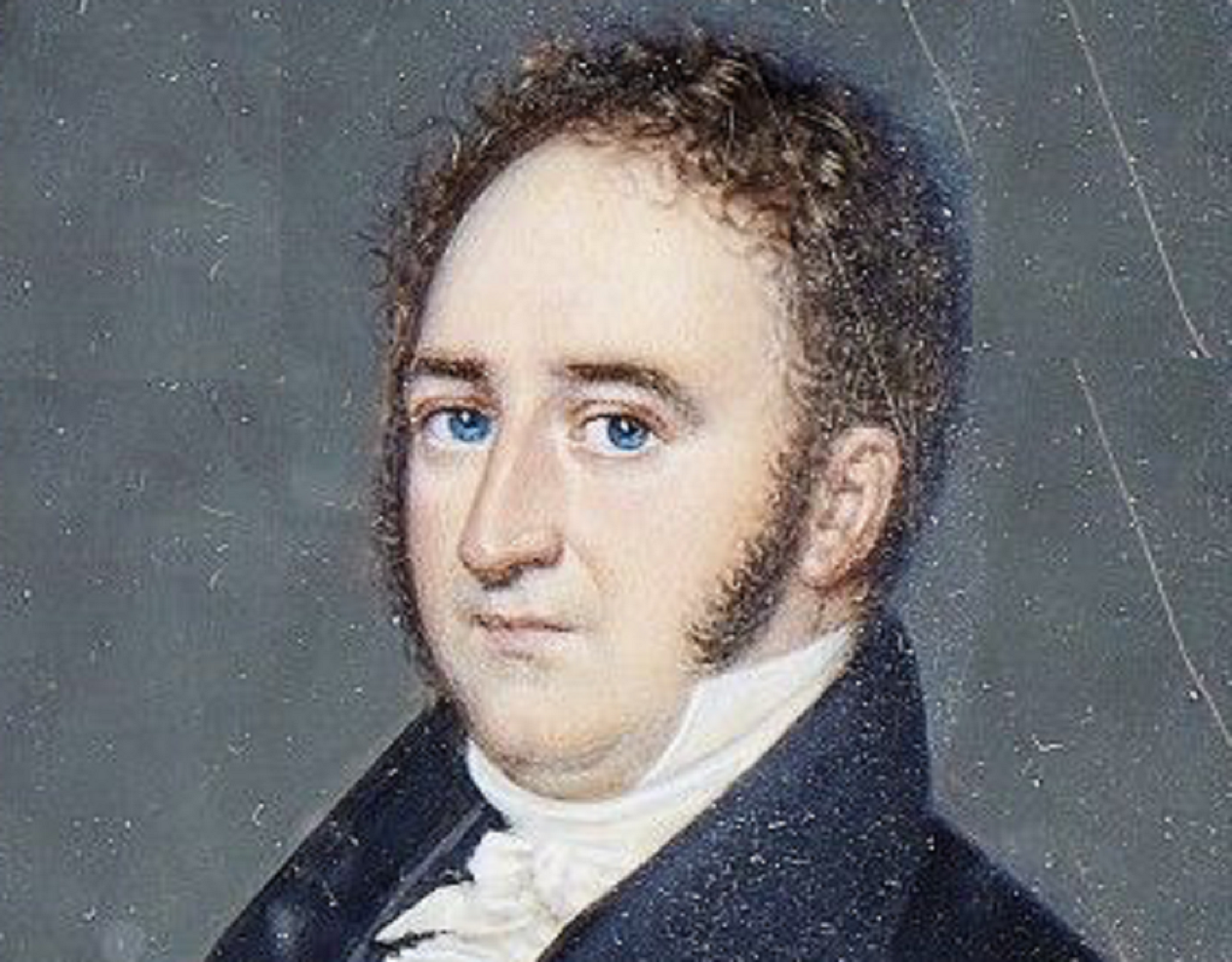 Chabanne see Mutual Art, Wikimedia Commons
Chabanne see Mutual Art, Wikimedia Commons
43. Her Ex-Lover Lost It All
After 1805, Thérésa Tallien wasn’t the only thing that Ouvrard lost. When the times were good, the wildly speculative investor had bet it all on France’s “It” Girl. Then she dropped him like a hot potato. Not long after that, Ouvrard lost his fortune and had to declare bankruptcy. He even faced charges of corruption.
And Thérésa’s own bad behavior was beginning to attract attention.
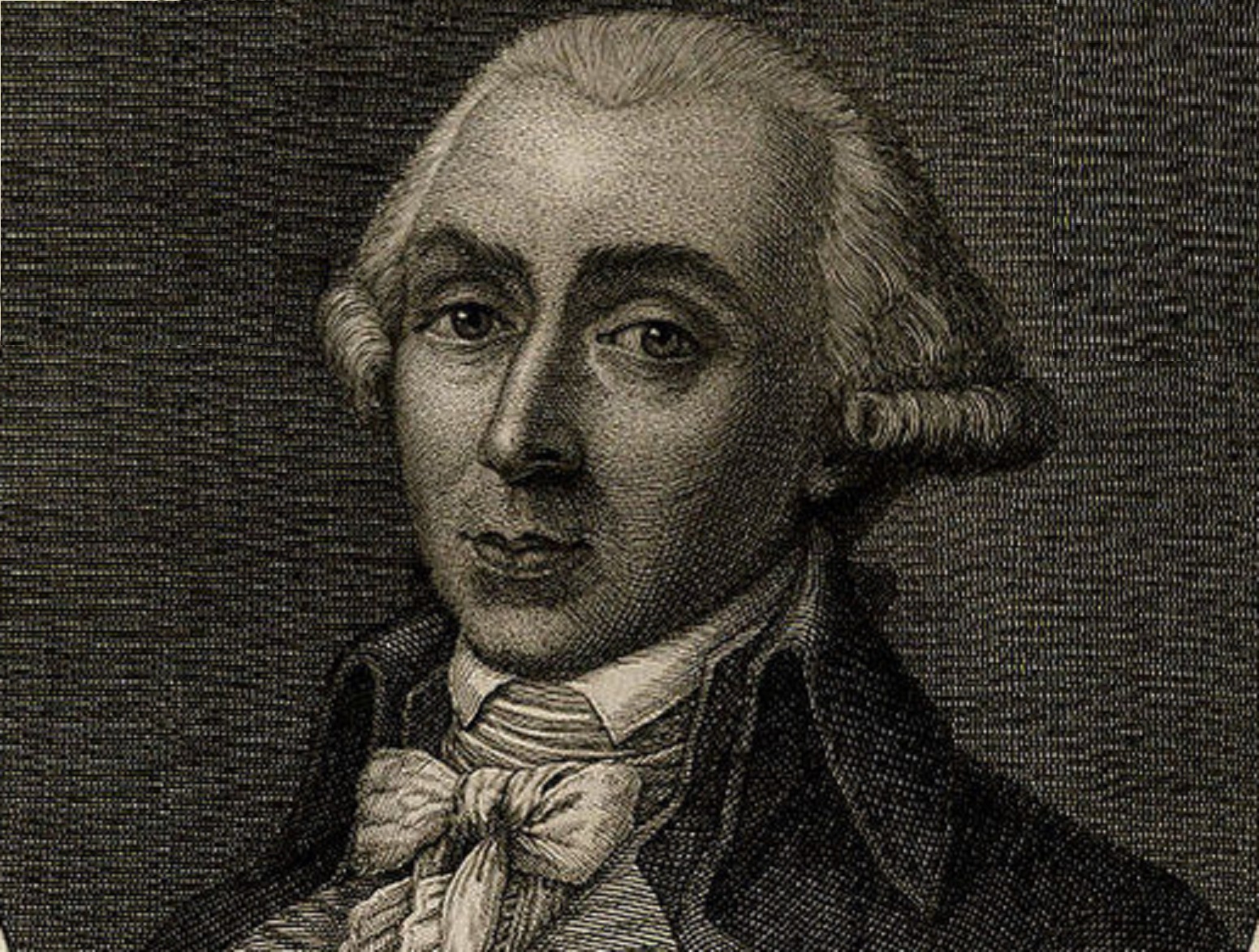 François Bonneville, Wikimedia Commons
François Bonneville, Wikimedia Commons
44. She Embarrassed The Emperor
Napoleon feared a return of the decadence that had caused the French Revolution—and he set his sights on Thérésa Tallien. Given Thérésa’s close proximity to the Imperial family, he couldn’t tolerate her scandalous behavior and steamy affairs any longer. The Emperor issued a staunch warning to her to “behave more discreetly”.
There was just one problem. A big one.
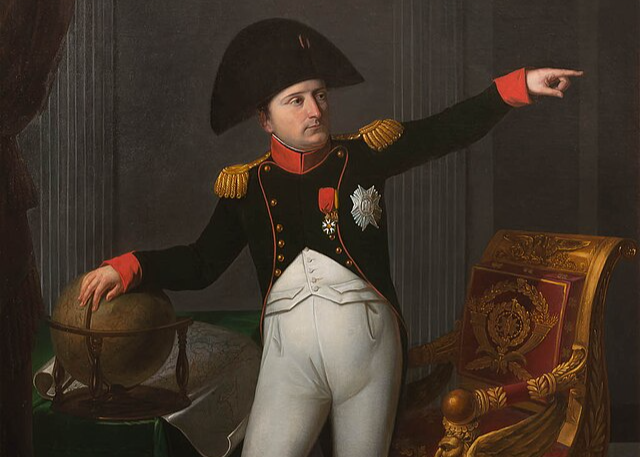 Attributed to Angélique Mongez, Wikimedia Commons
Attributed to Angélique Mongez, Wikimedia Commons
45. Her Fame Was Inescapable
Whether she liked it or not, her role during the French Revolution and the Reign of Terror had turned Thérésa Tallien into a household name. Then, during the Directory and Consulate periods, her carefree and whimsical fashion sense had turned her into a style icon. In other words, she could not escape her fame. One infamous event was about to prove that.
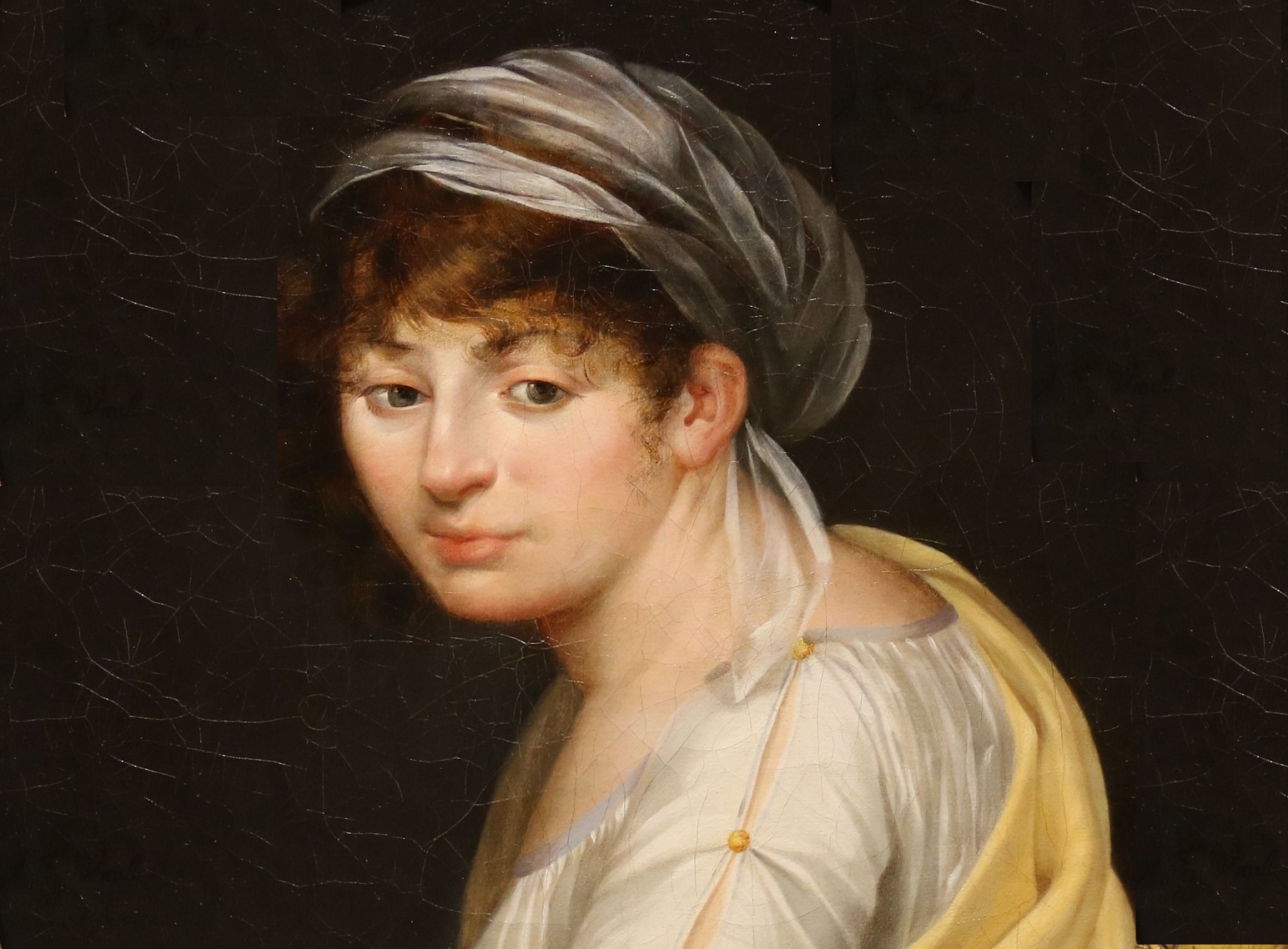 Adèle Varillat, Wikimedia Commons
Adèle Varillat, Wikimedia Commons
46. She Was Bigger Than The Mona Lisa
Thérésa had become so famous that she couldn’t even take her kids on an outing. In fact, when she tried to take her kids to the Louvre, the museum attendees were more interested in her than they were in the artwork and artifacts.
Like a flock of tourists to the Mona Lisa, the spectators surrounded Thérésa in an attempt to get a look at “Notre-Dame de Bonsecours” in the flesh—and the scene soon took on a terrifying tone.
 Teresa Cabarrús, Wikimedia Commons
Teresa Cabarrús, Wikimedia Commons
47. She Barely Escaped With Her Life
The mob was so obsessed with Thérésa that there was no telling what might have happened if they caught up with her. Panicked for her own safety and the safety of her children, she tried to find an escape. Thankfully, she managed to find a staircase just in time and slipped away from the frighteningly obsessed crowd. The incident was a wake-up call.
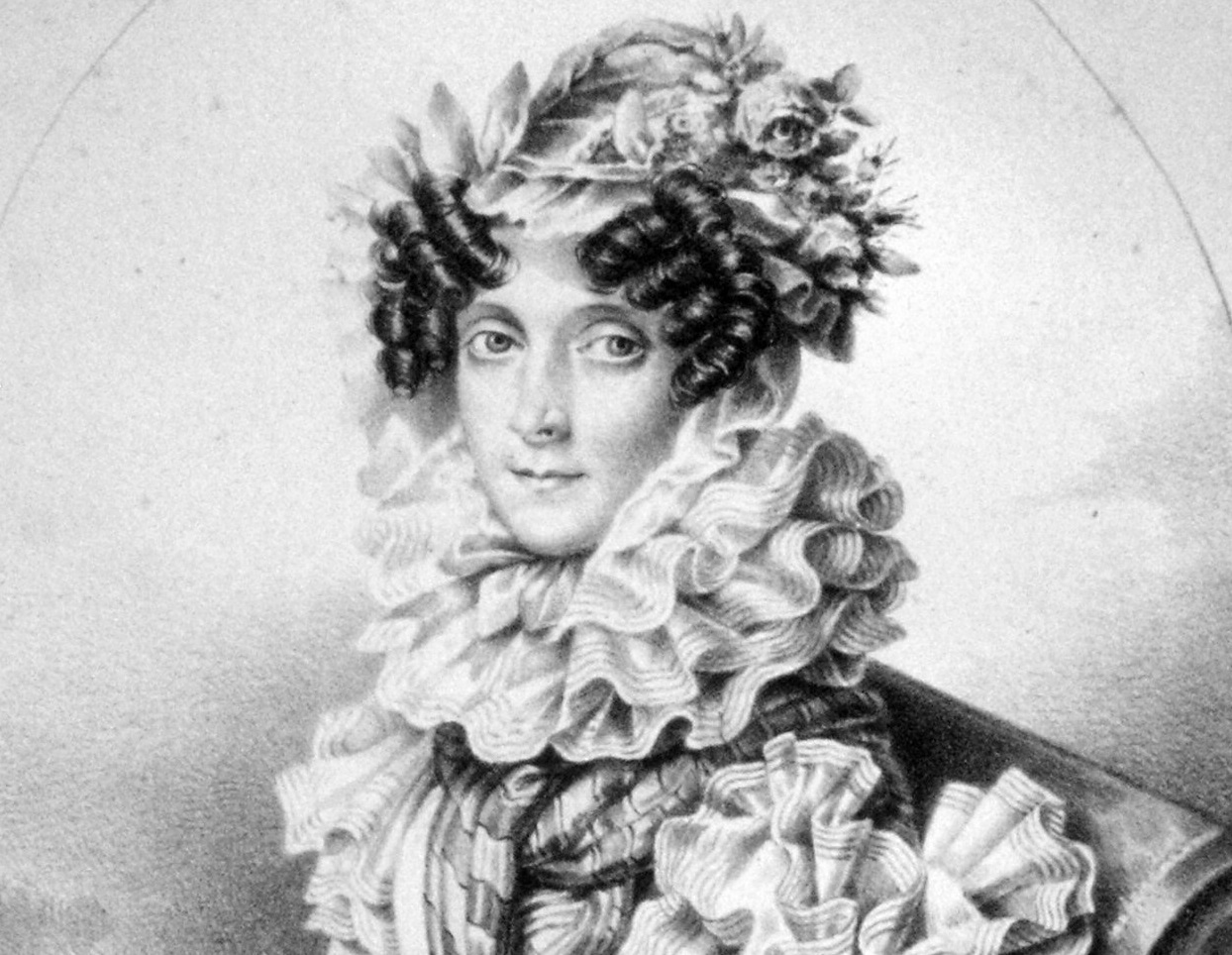 Friedrich Lieder, Wikimedia Commons
Friedrich Lieder, Wikimedia Commons
48. She Wanted To Get Away From It All
After all of the excitement of the Revolution and the Reign of Terror and “Les Merveilleuses”, Thérésa wanted nothing more than to settle down. In a funny twist, she would end up fulfilling her father’s wish to have his daughter marry a nobleman. And not just any nobleman, but an actual, honest to goodness prince—who was actually kind of charming.
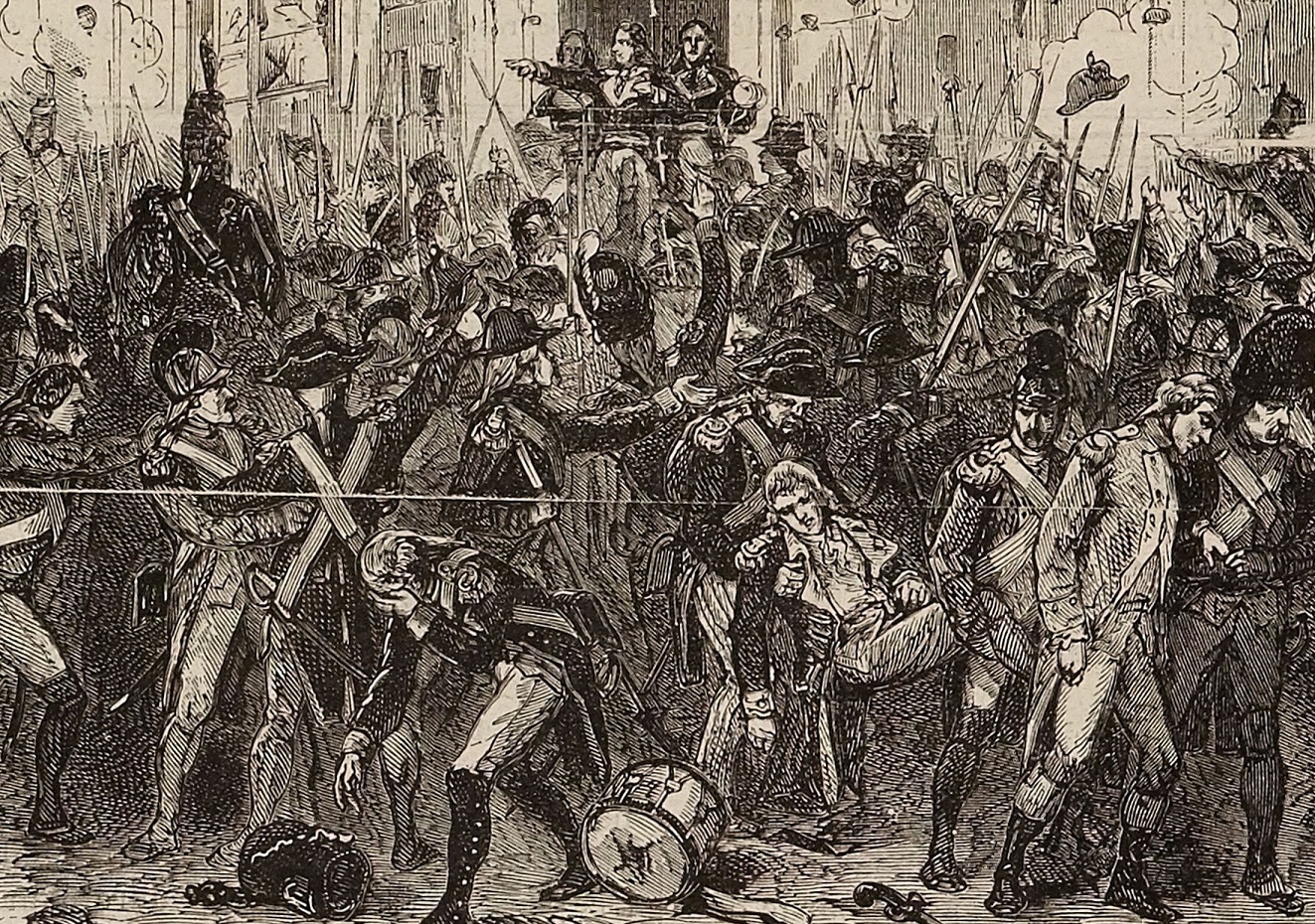 Unknown Author, Wikimedia Commons
Unknown Author, Wikimedia Commons
49. She Fulfilled Her Father’s Wish
In August of 1805, at the still young age of 32, Thérésa finally fulfilled her father’s wish. She married François-Joseph-Philippe de Riquet, Comte de Caraman. He had only just recently become the sixteenth Prince of Chimay after his uncle passed away in 1804 without any children of his own. The marriage restored Thérésa's honor.
But the question remained as to whether it would bring her the peace she sought.
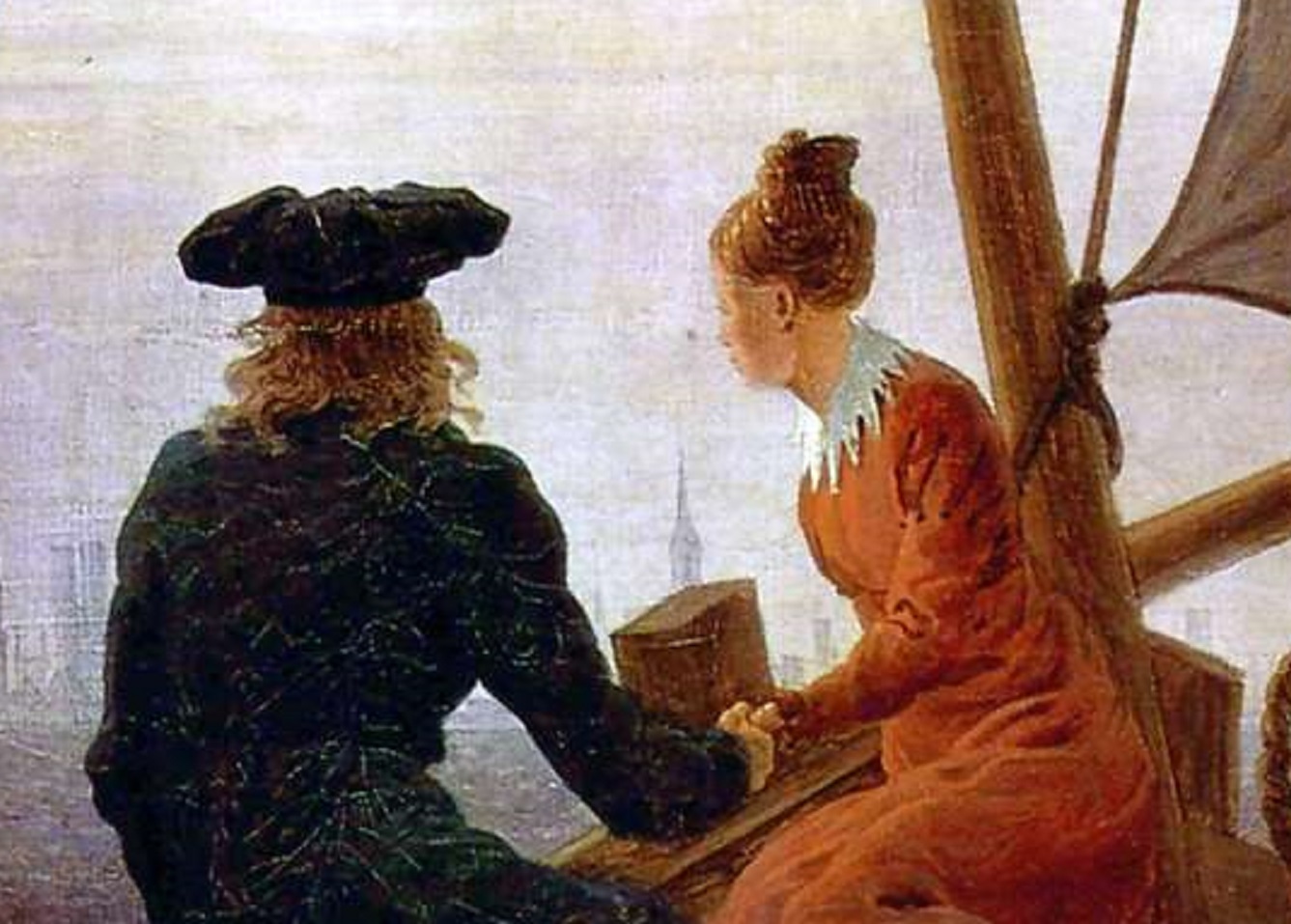 10.000 Meisterwerke der Malerei ,Picryl
10.000 Meisterwerke der Malerei ,Picryl
50. She Held Court In Chimay
Following her marriage to de Riquet, Thérésa managed to find some measure of peace. She traveled to Paris only when she felt like it, spending most of her time in Chimay. But her position as a cultural icon didn’t diminish in her absence. She held a kind of court in Chimay and frequently invited Europe’s leading musicians.
Even if she upset tradition.
51. She Championed Women In Music
Thérésa Tallien became a patron of the arts, particularly music, in her later years. Free from the constraints of the Reign of Terror, she was finally able to act on her Liberal ideals. She championed free musical education for all and entertained the likes of Etienne-Nicholas Méhul while promoting female musicians such as Maria Malibran.
Despite her Liberal ideals, however, she had become the one thing that her father had always wanted.
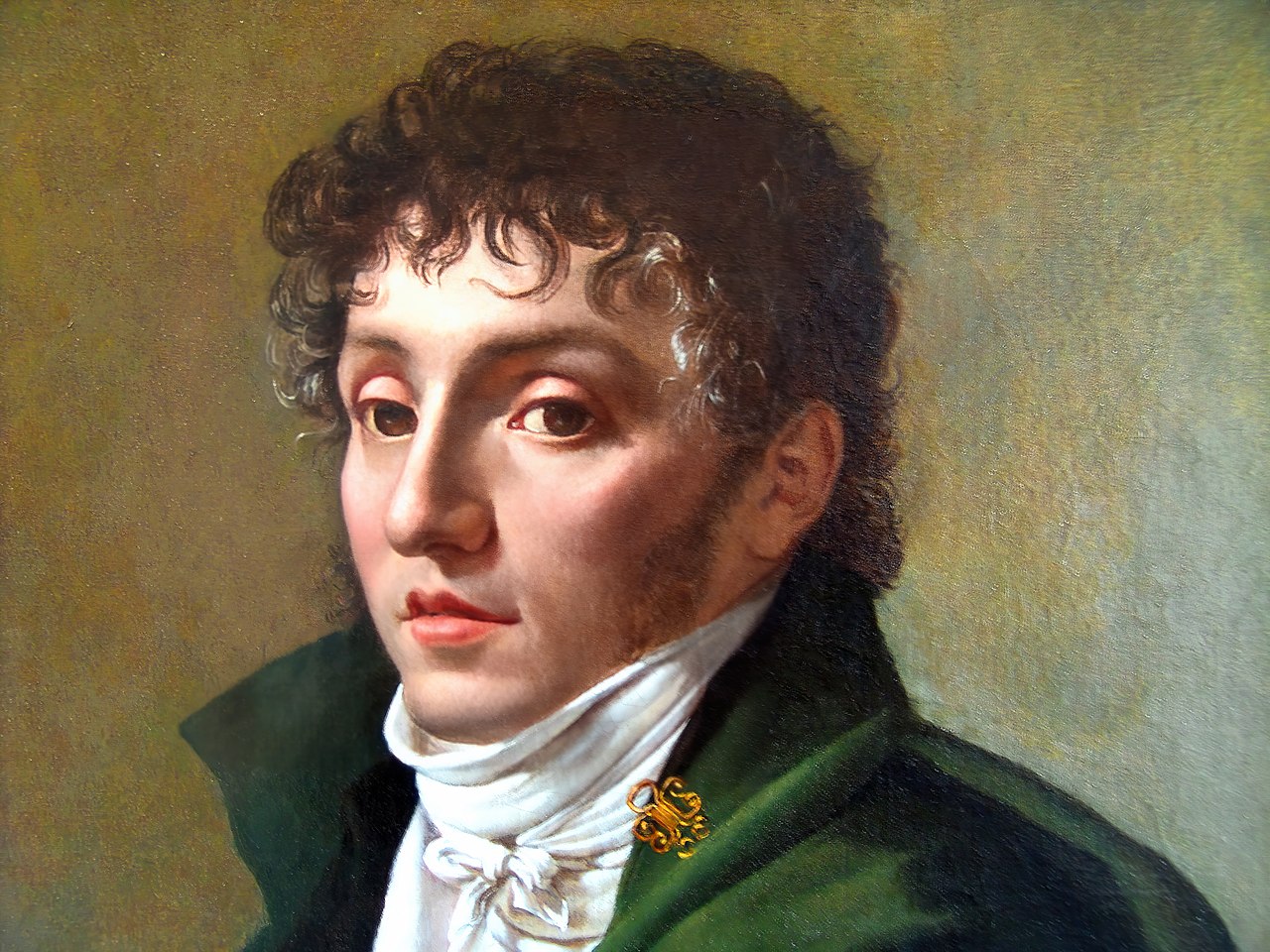 Antoine-Jean Gros, Wikimedia Commons
Antoine-Jean Gros, Wikimedia Commons
52. She Gave Birth To Princes
Thérésa passed away in 1835 at the age of 61, having left behind a legacy of freedom for the nation of France. She was buried in Chimay with her third and final husband. Most importantly, however, she did what her father had always wanted. Her eldest son with de Riquet, Joseph Philippe, became the 17th Prince of Chimay.
She died a true aristocrat.
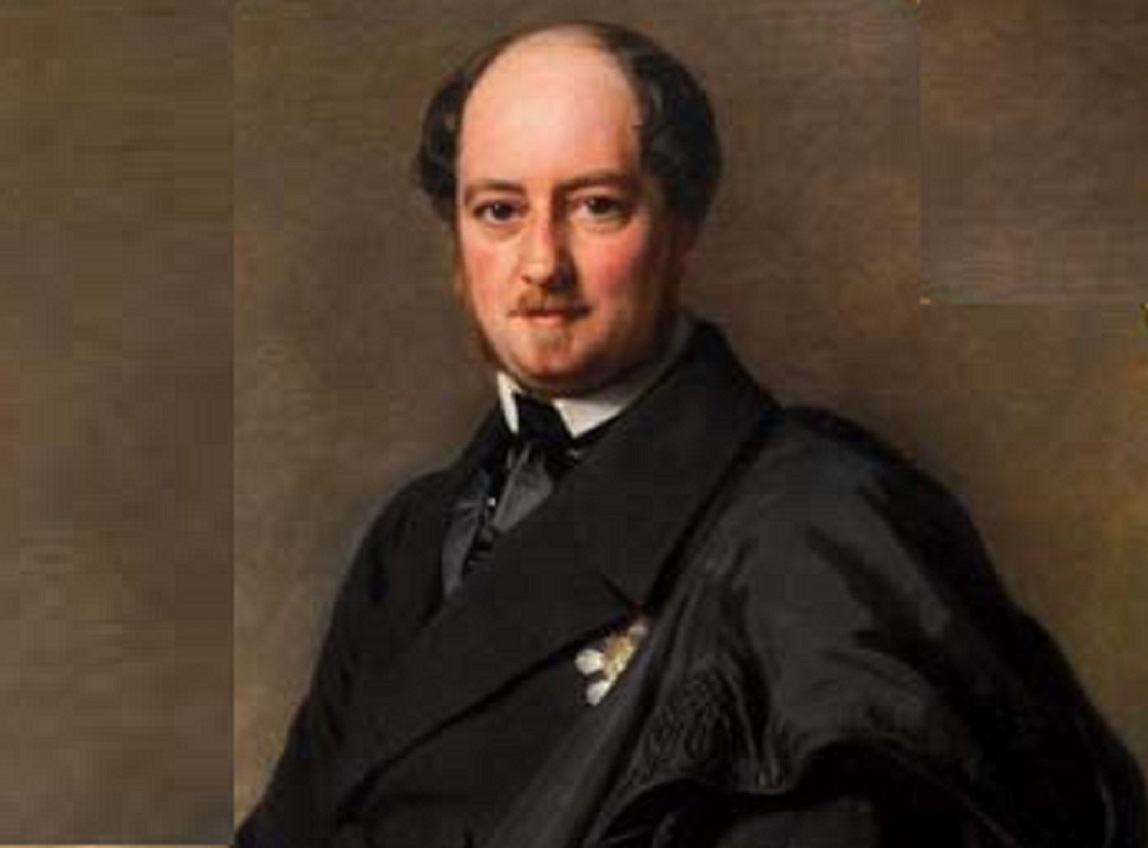 Franz Xaver Winterhalter, Wikimedia Commons
Franz Xaver Winterhalter, Wikimedia Commons

